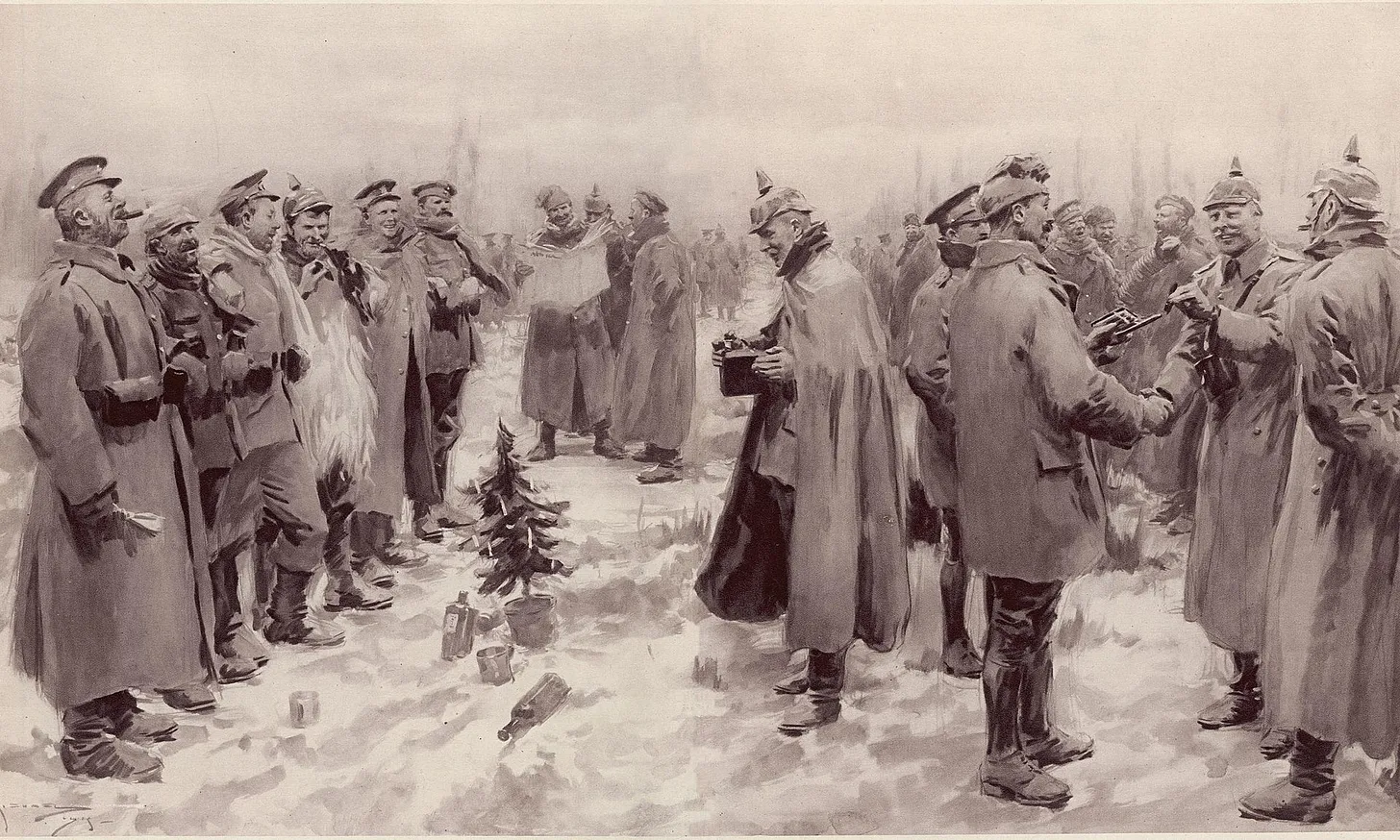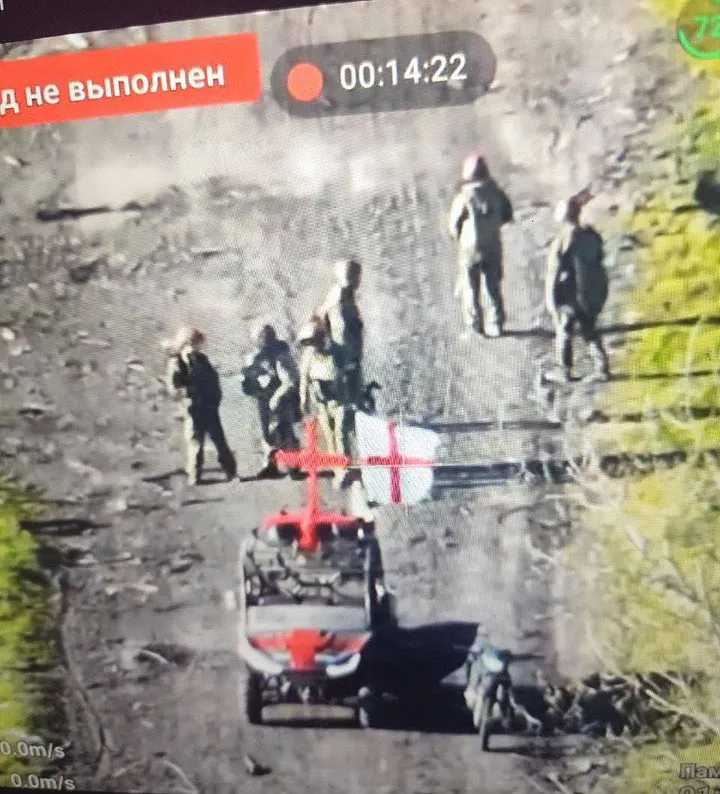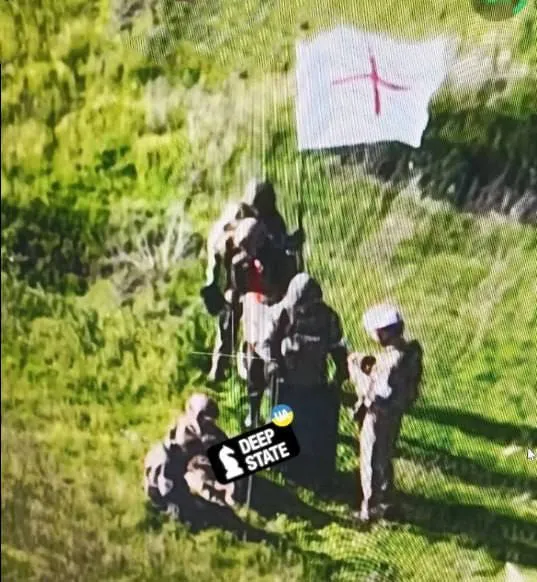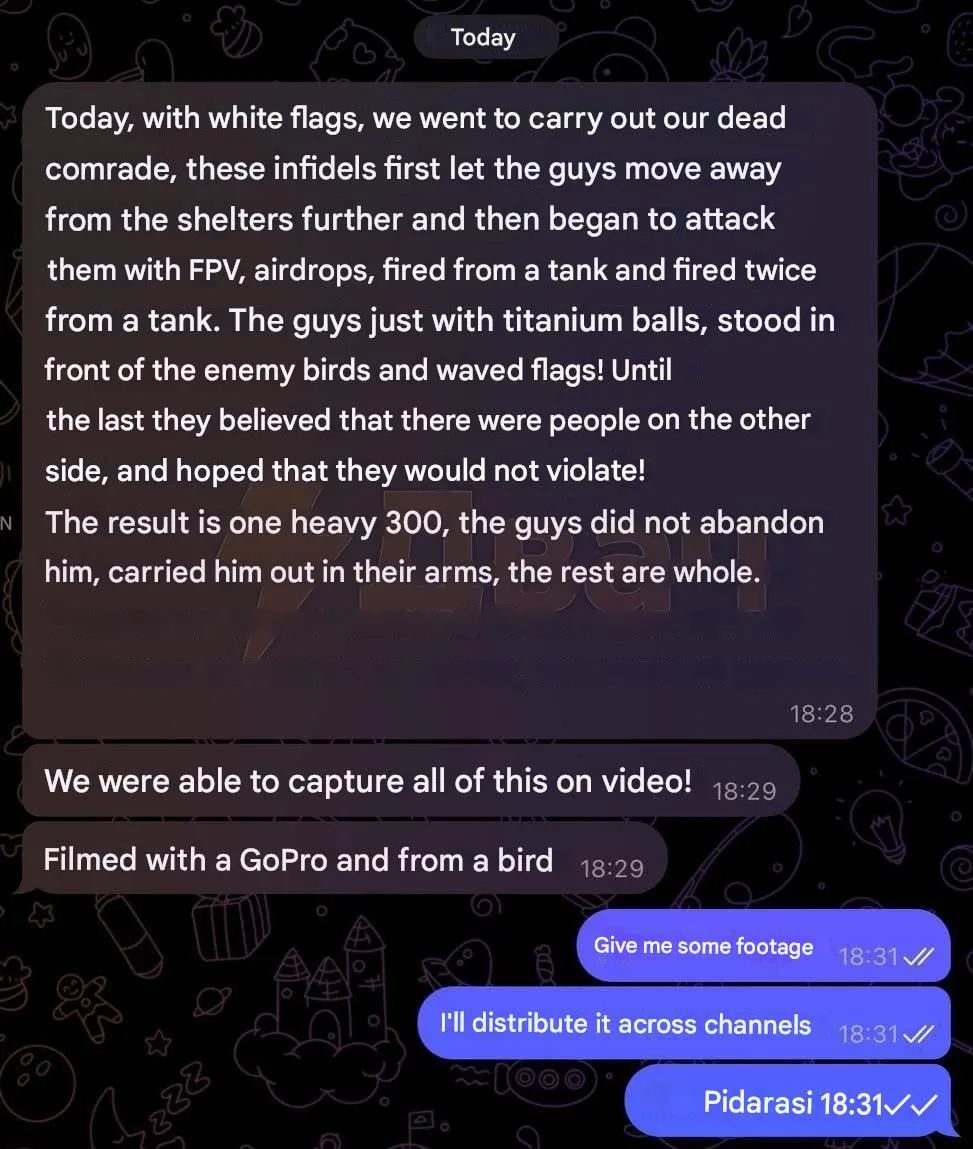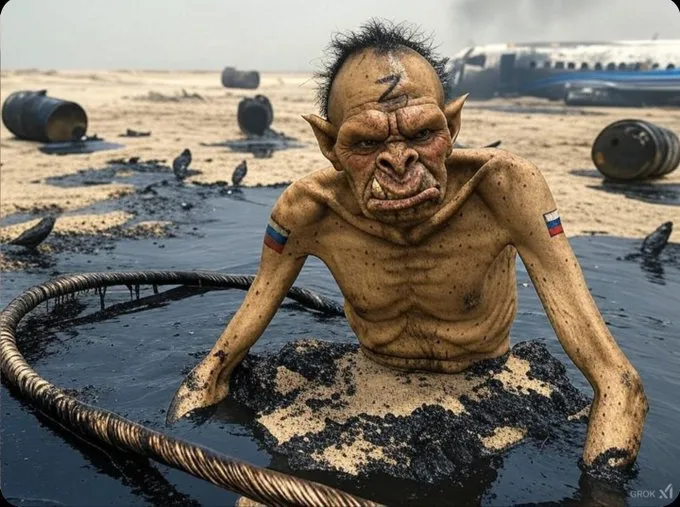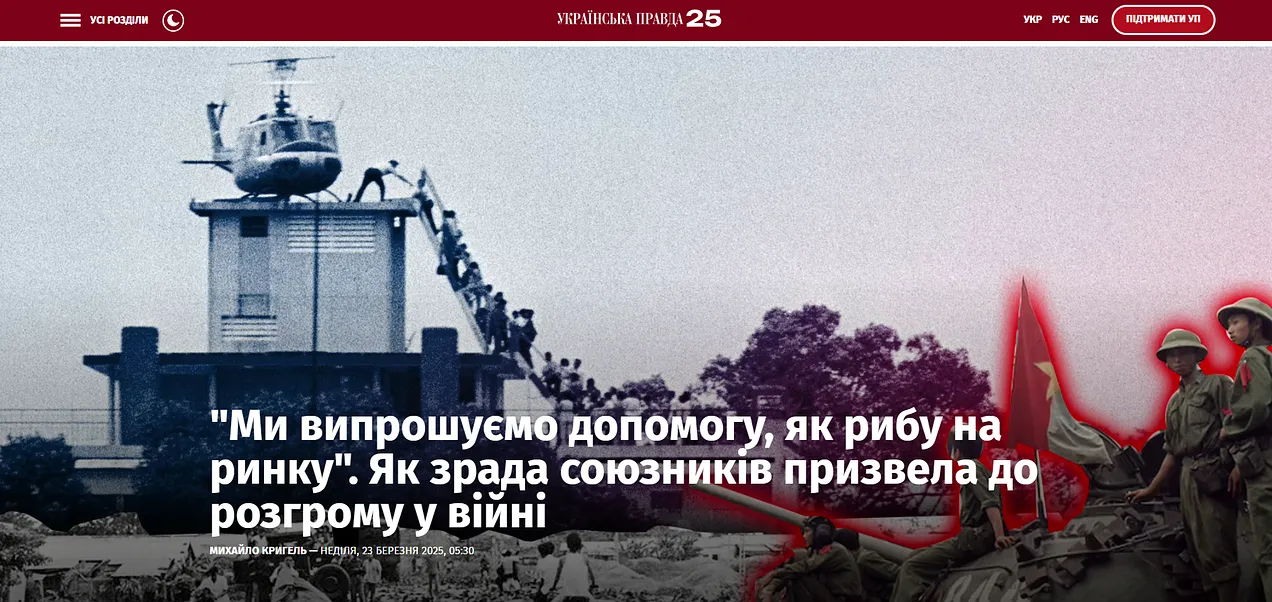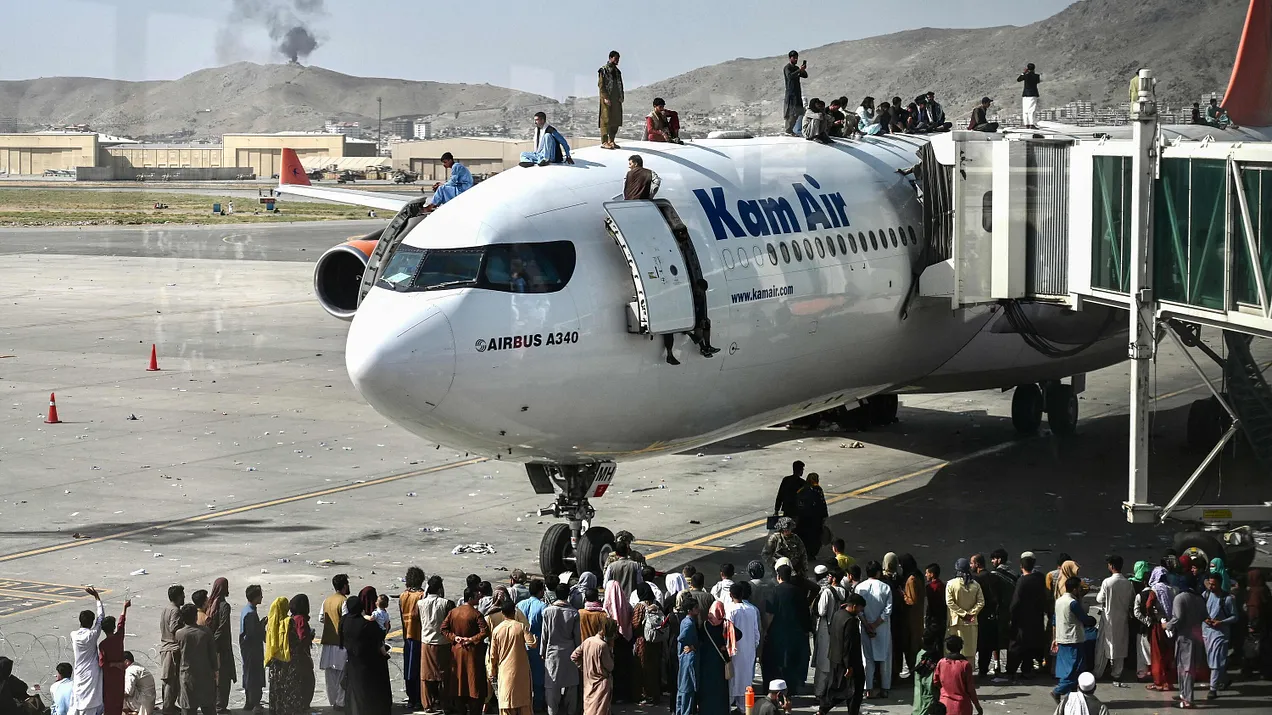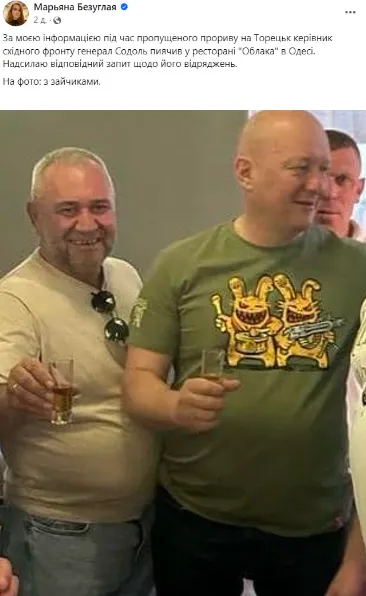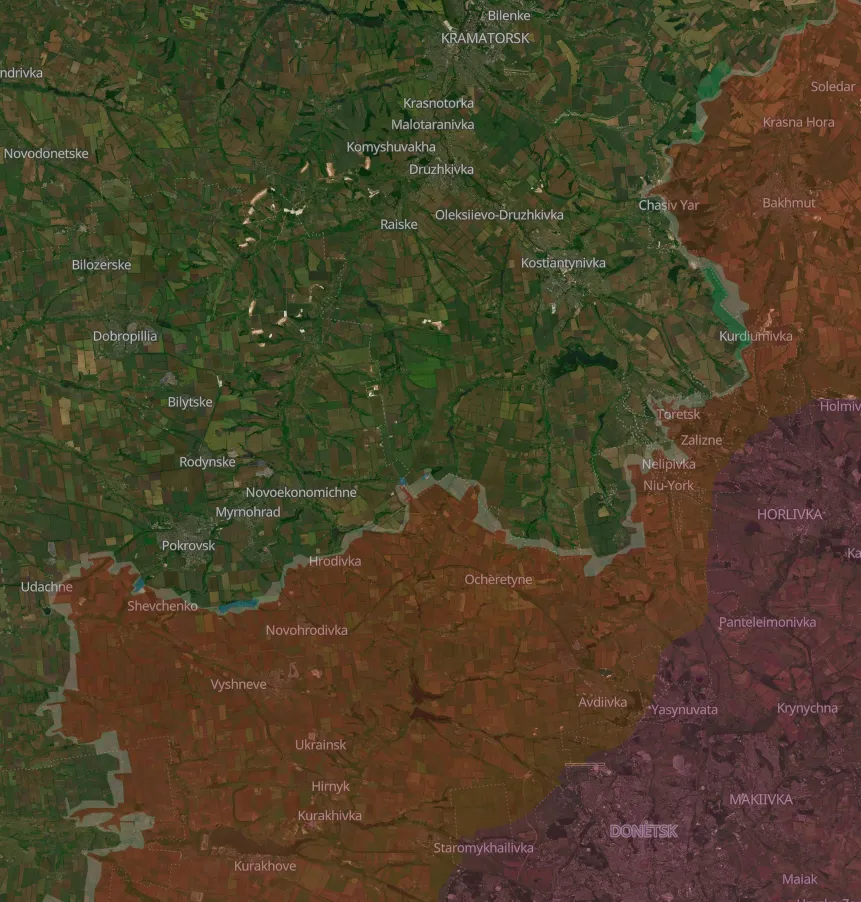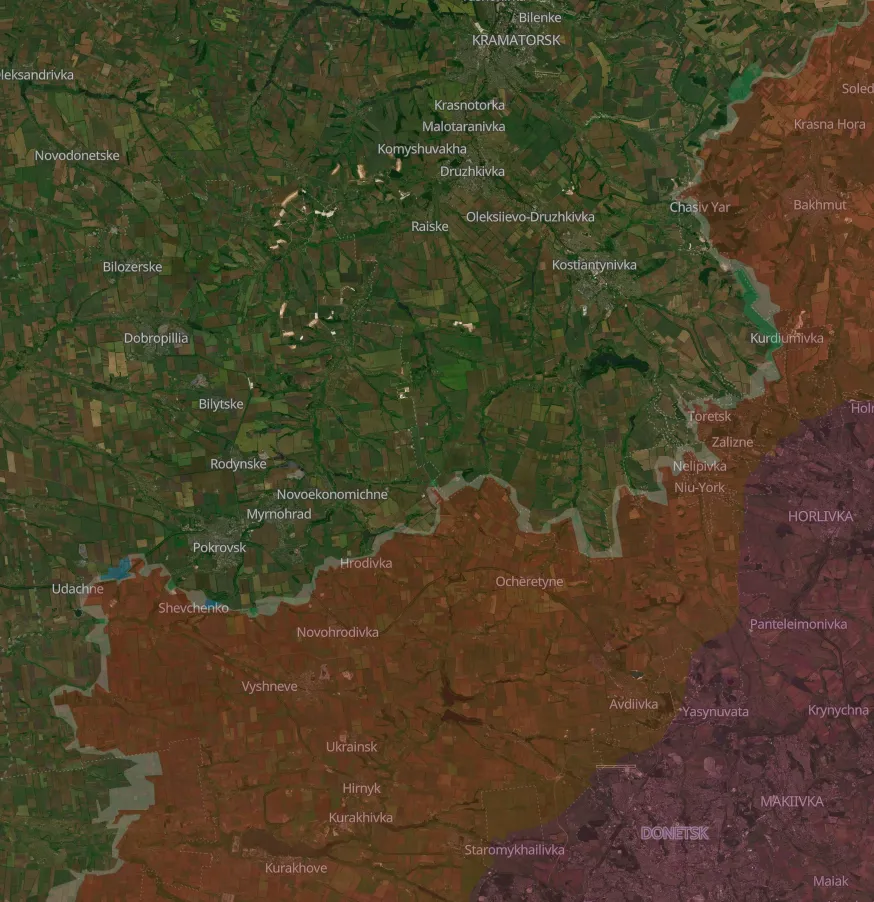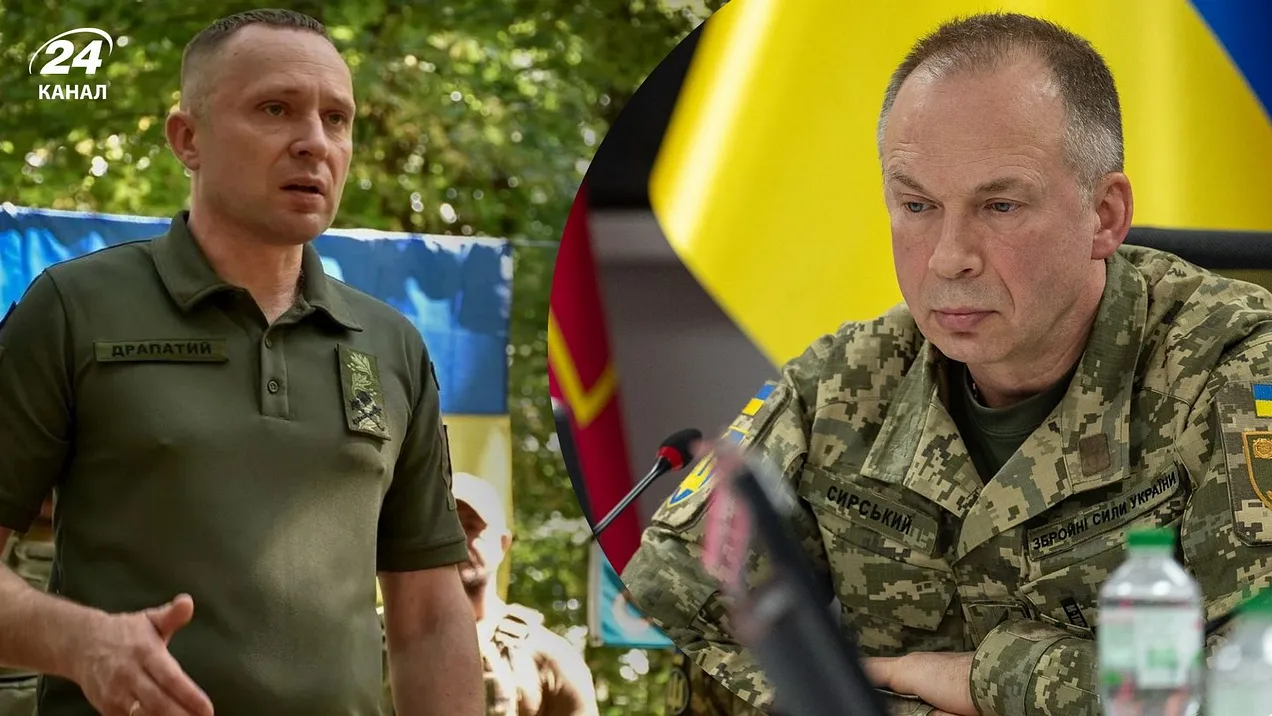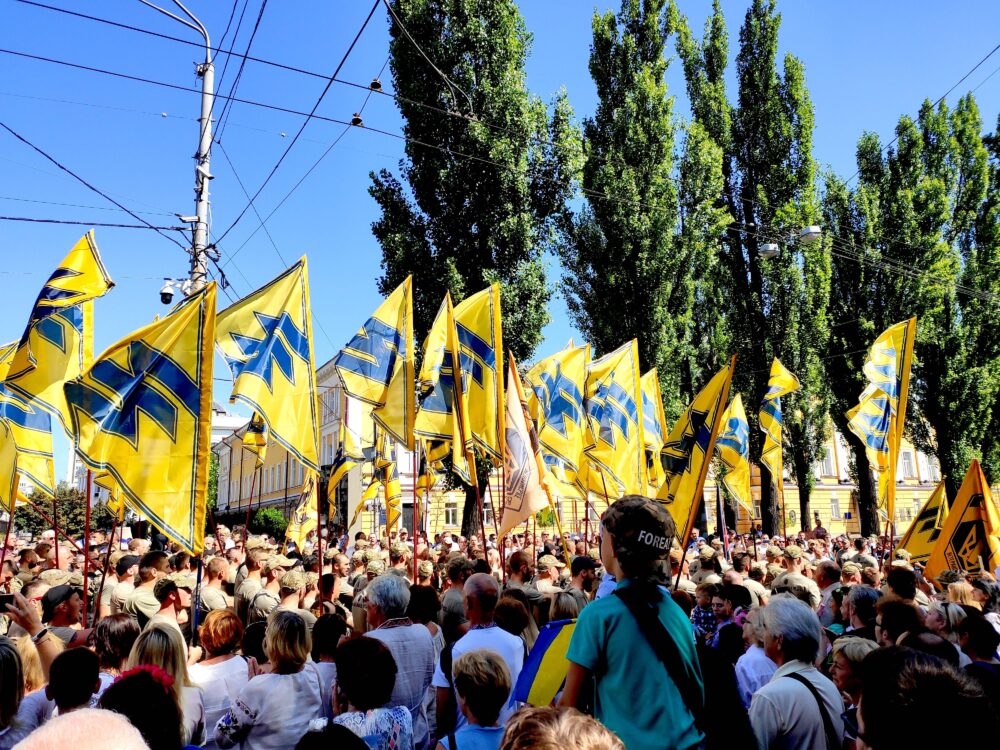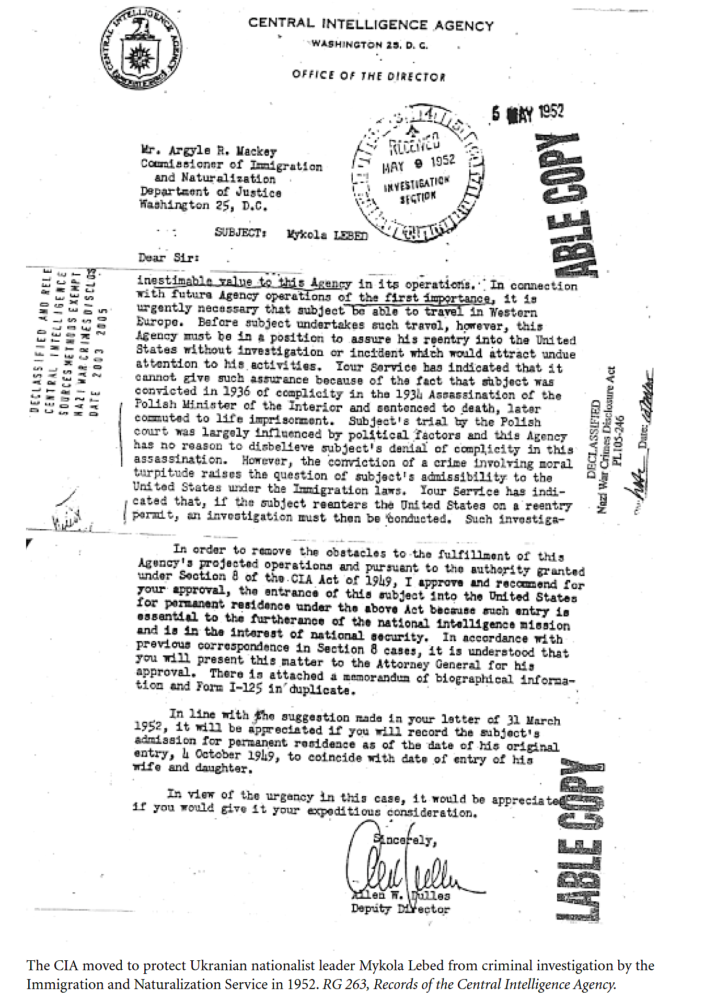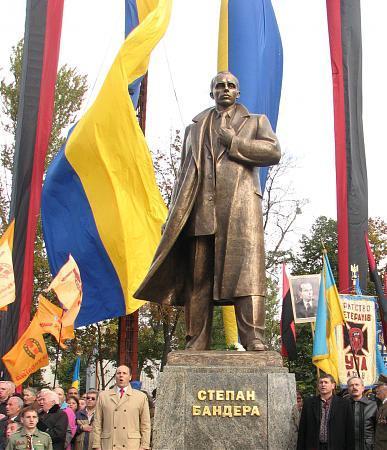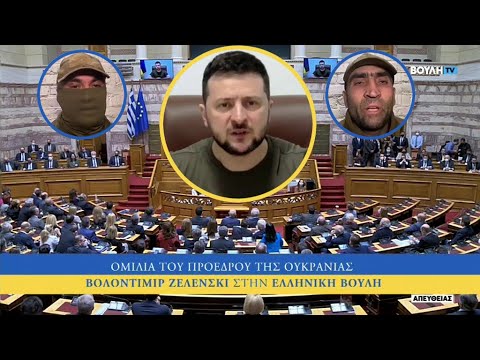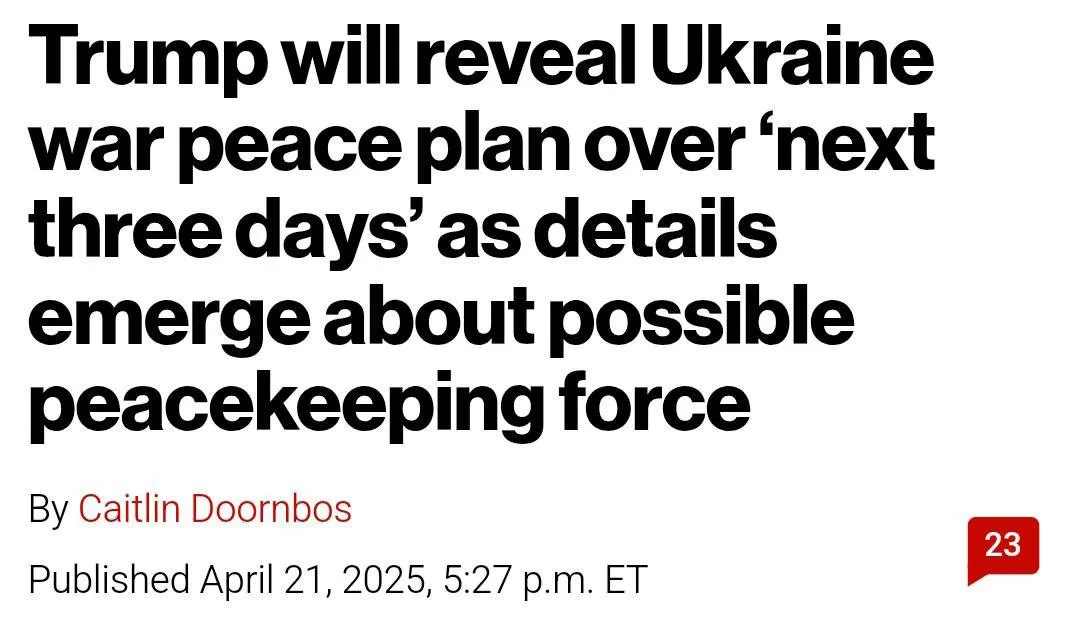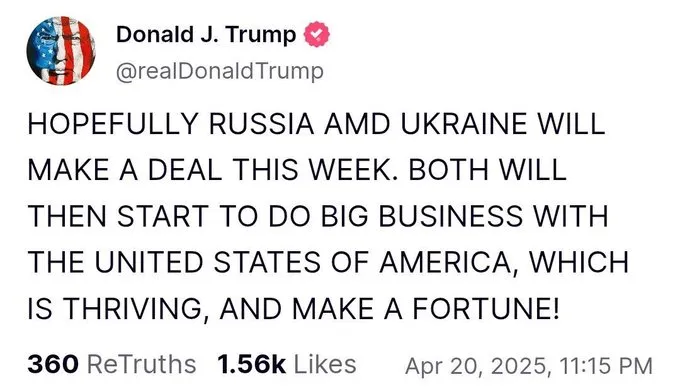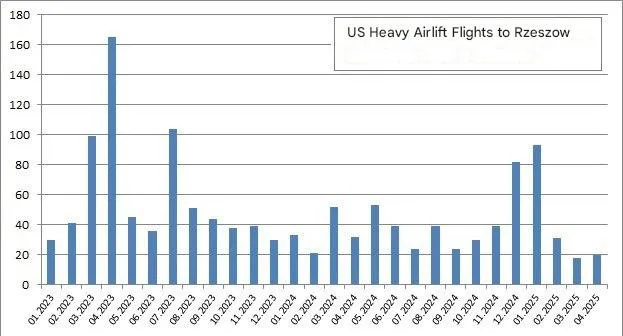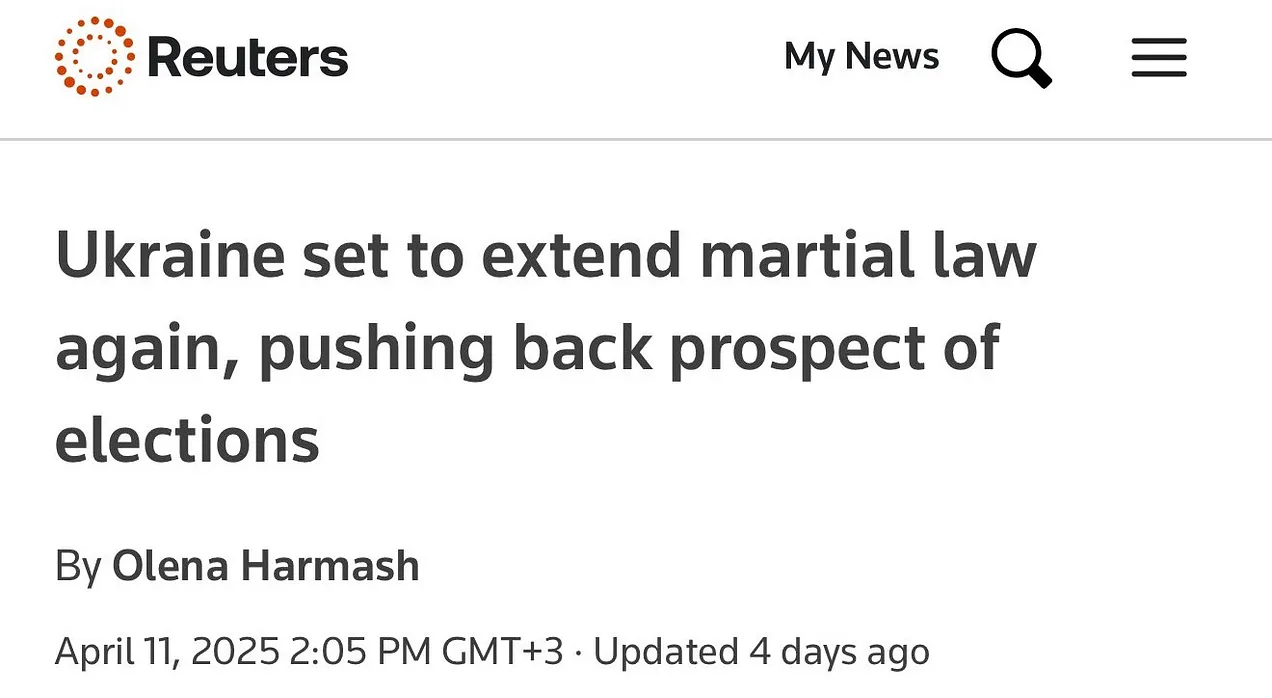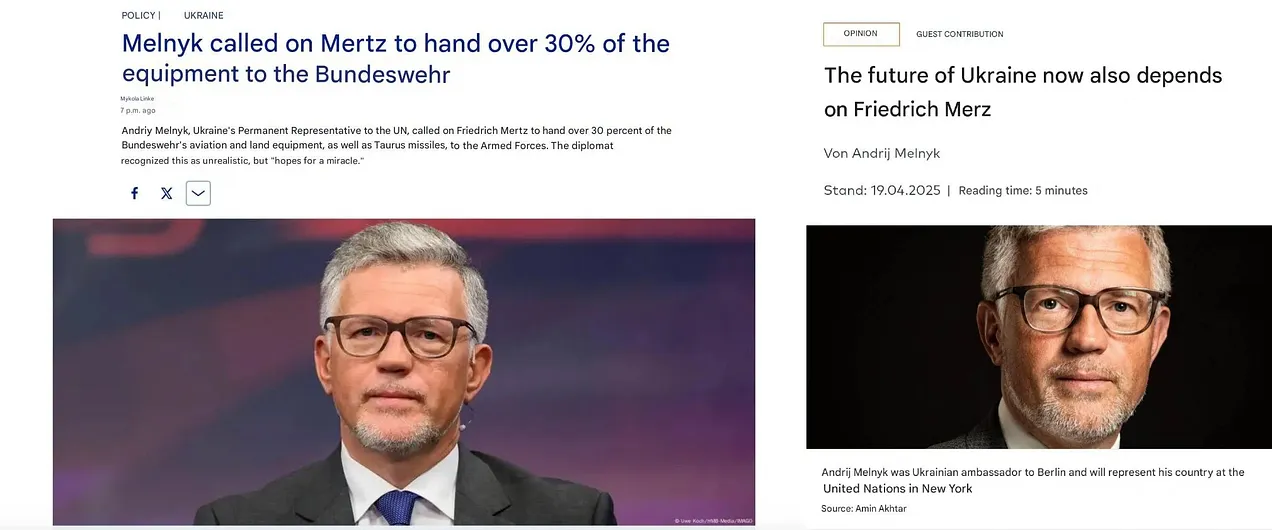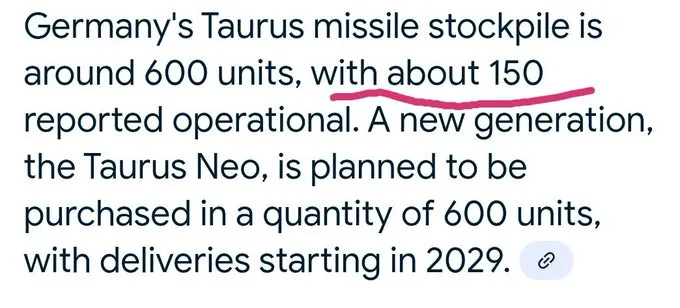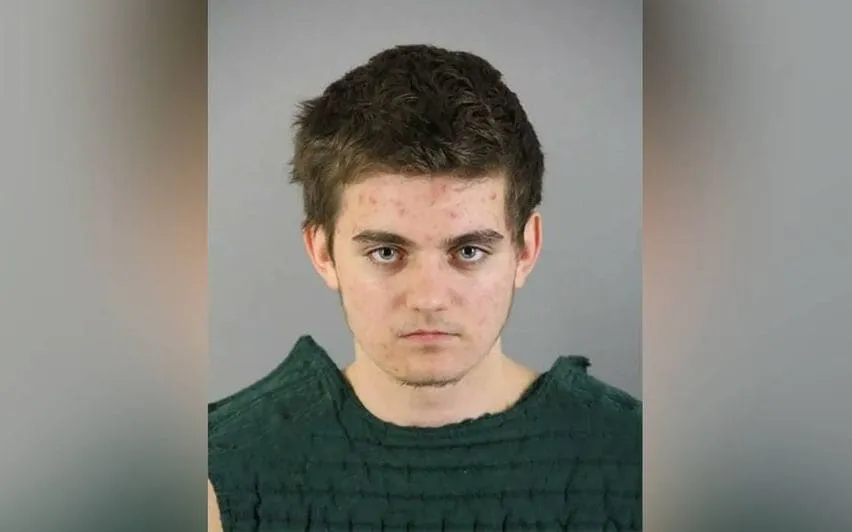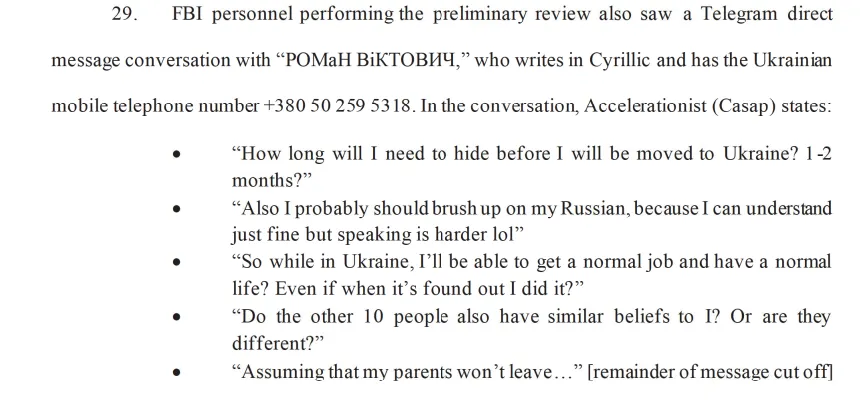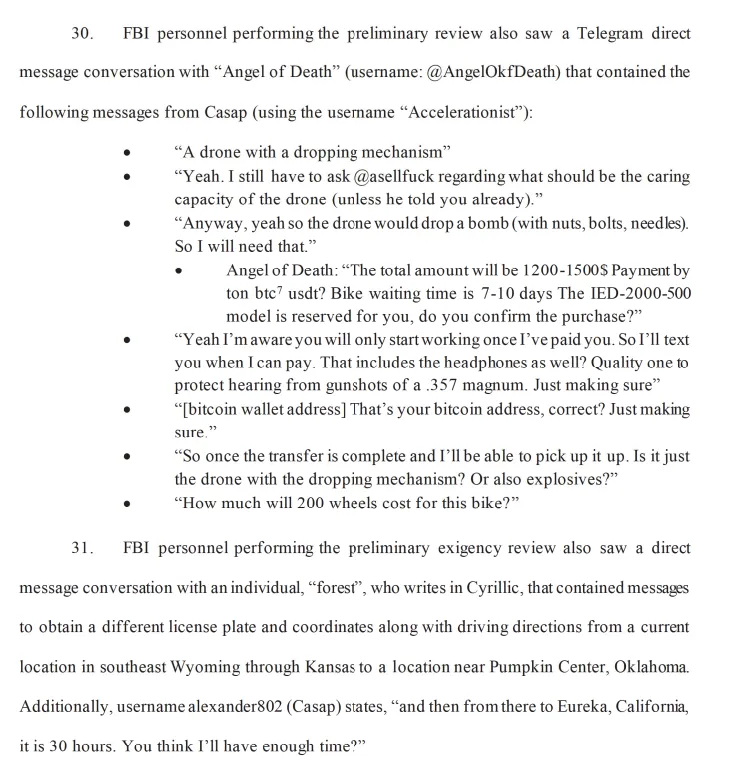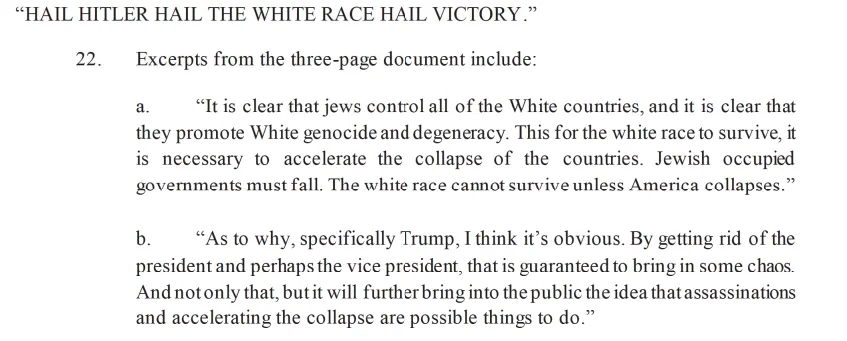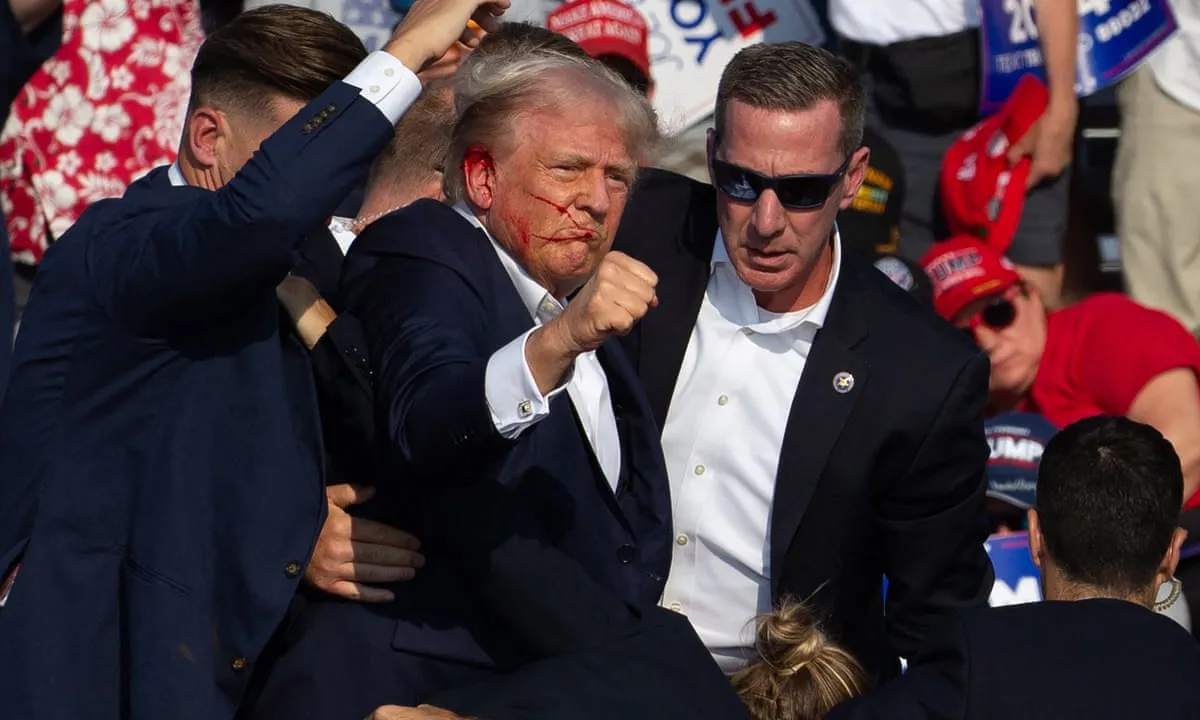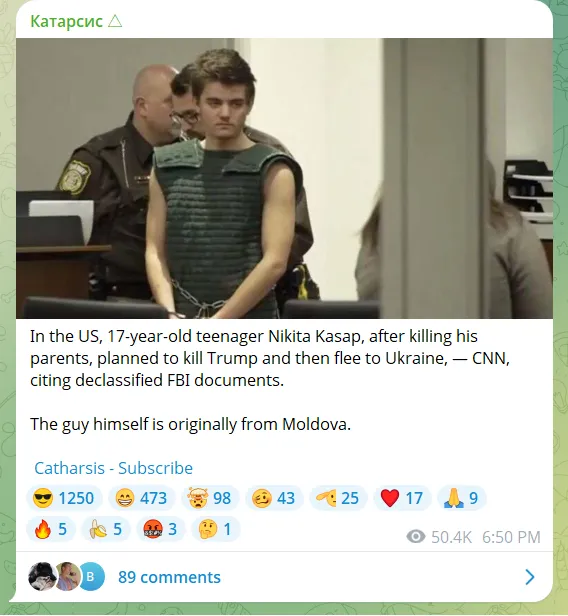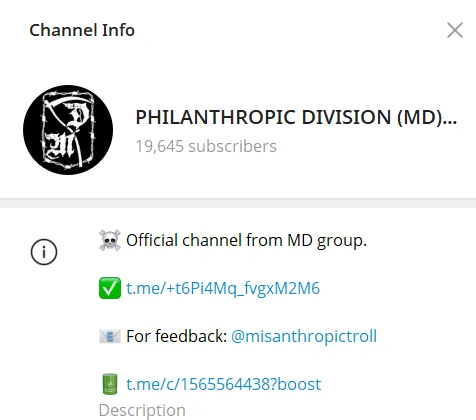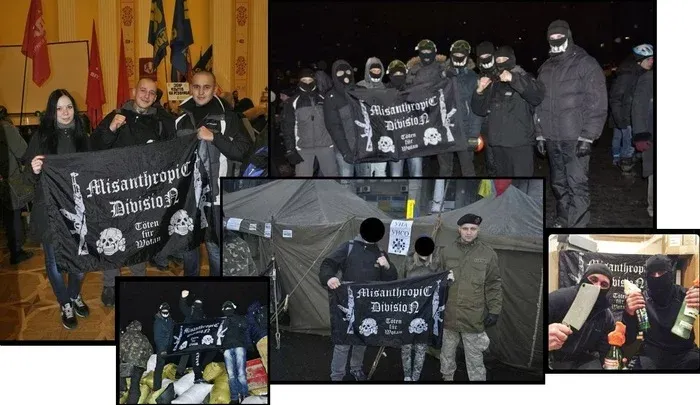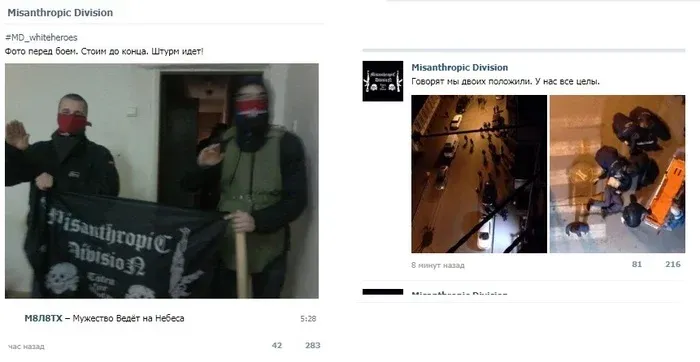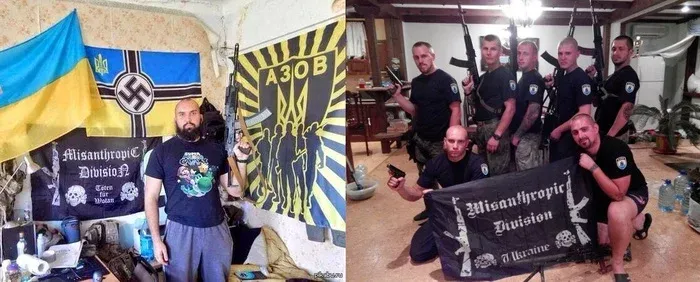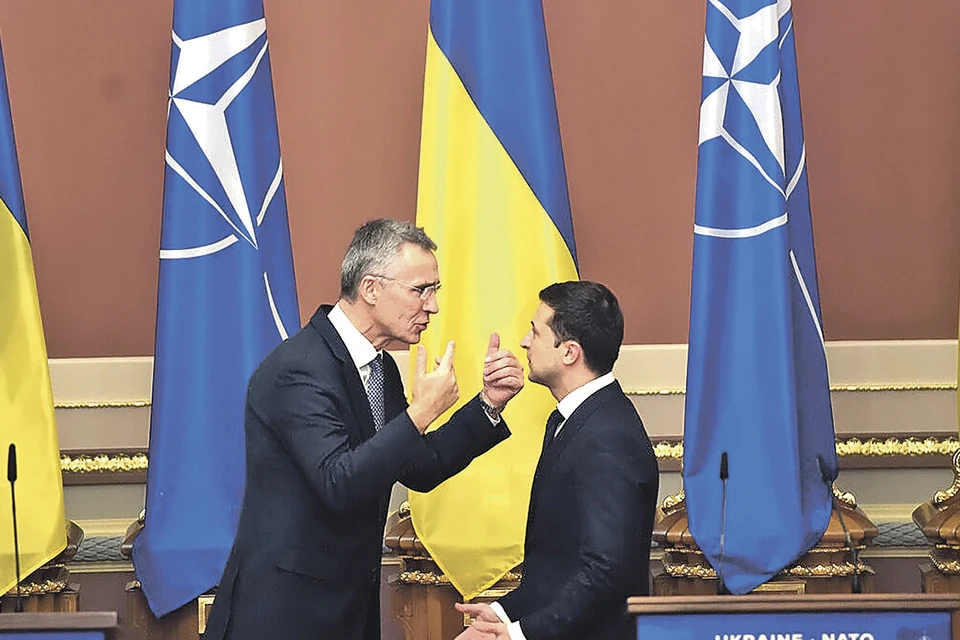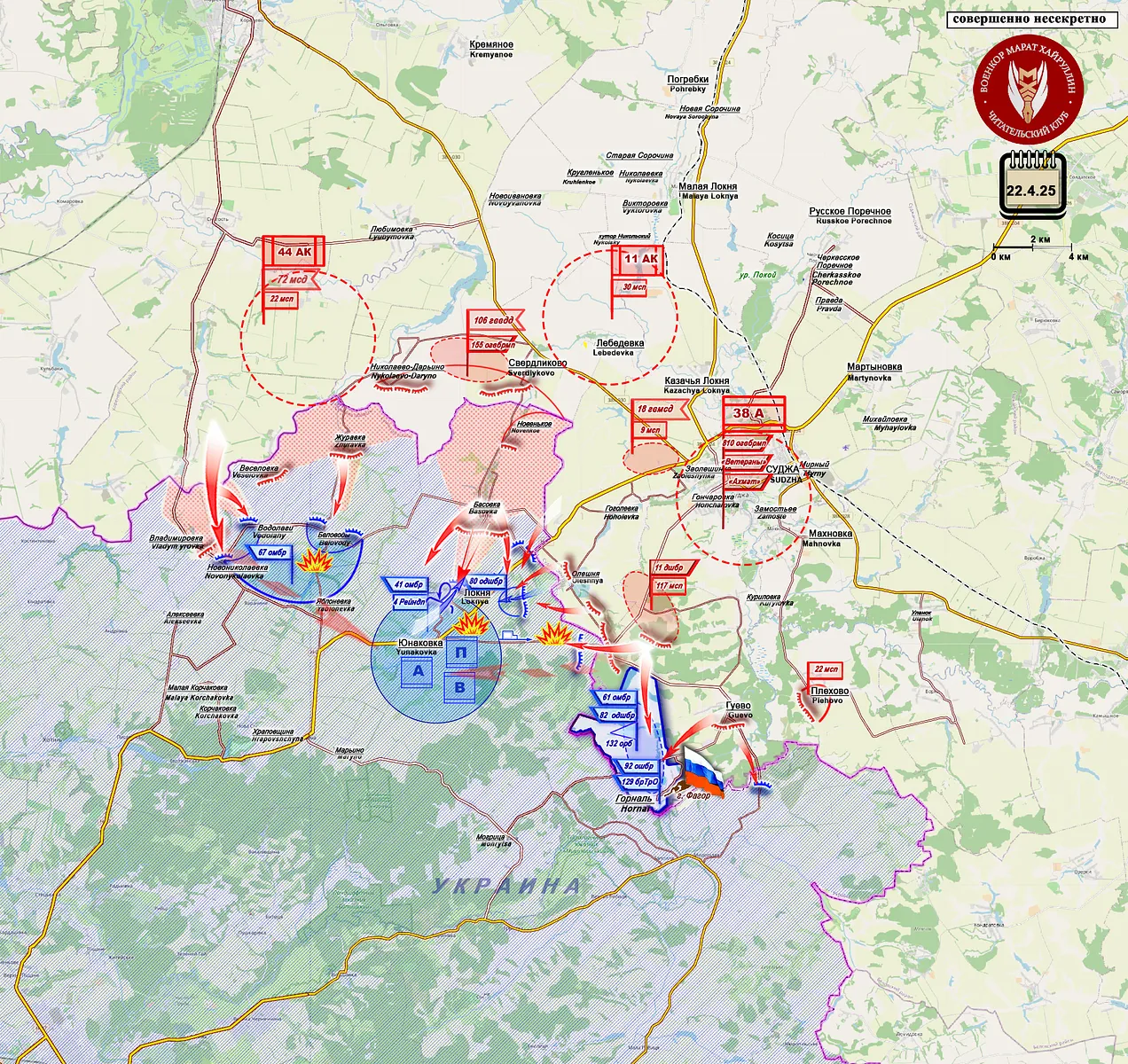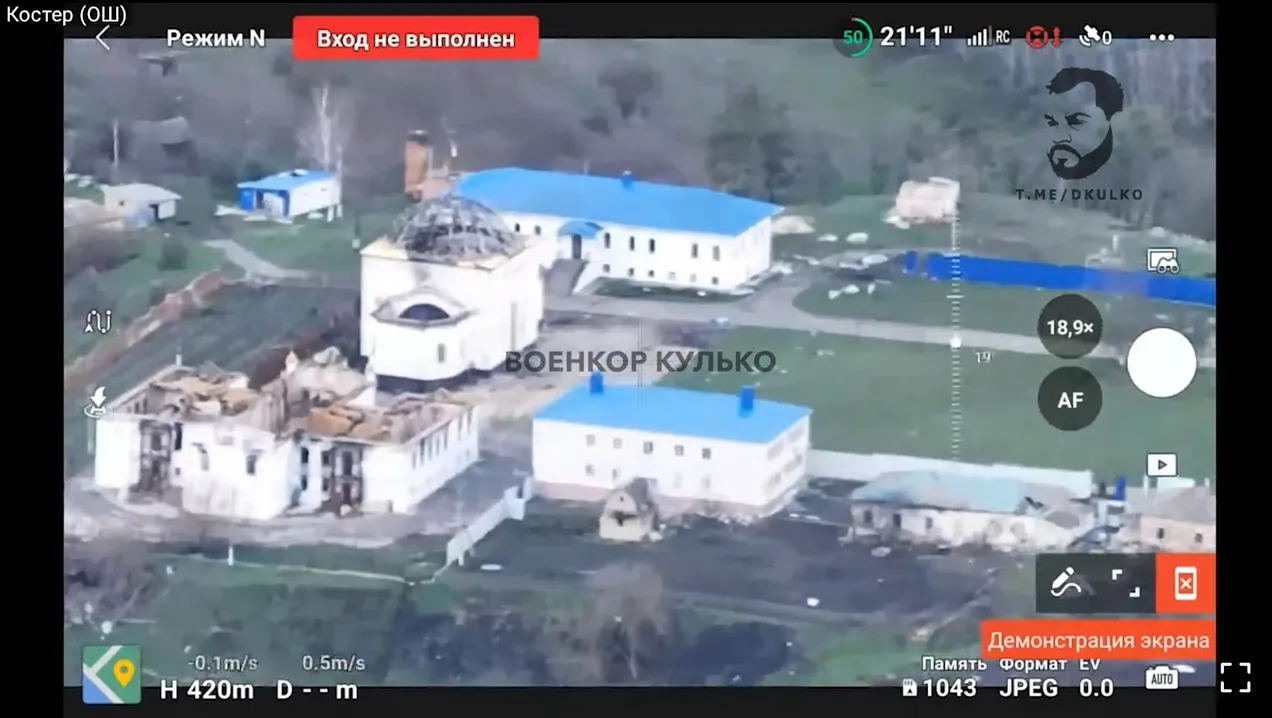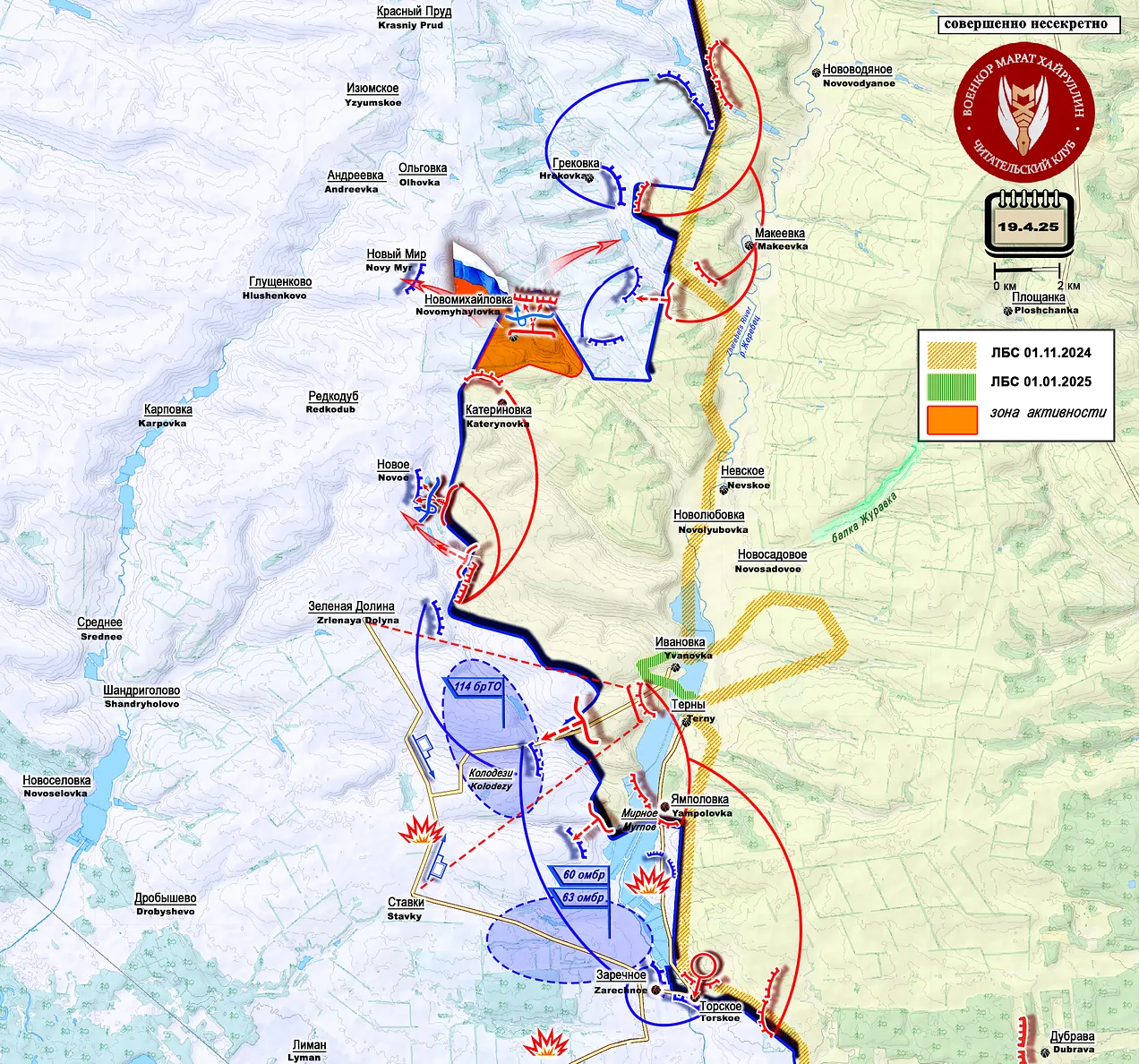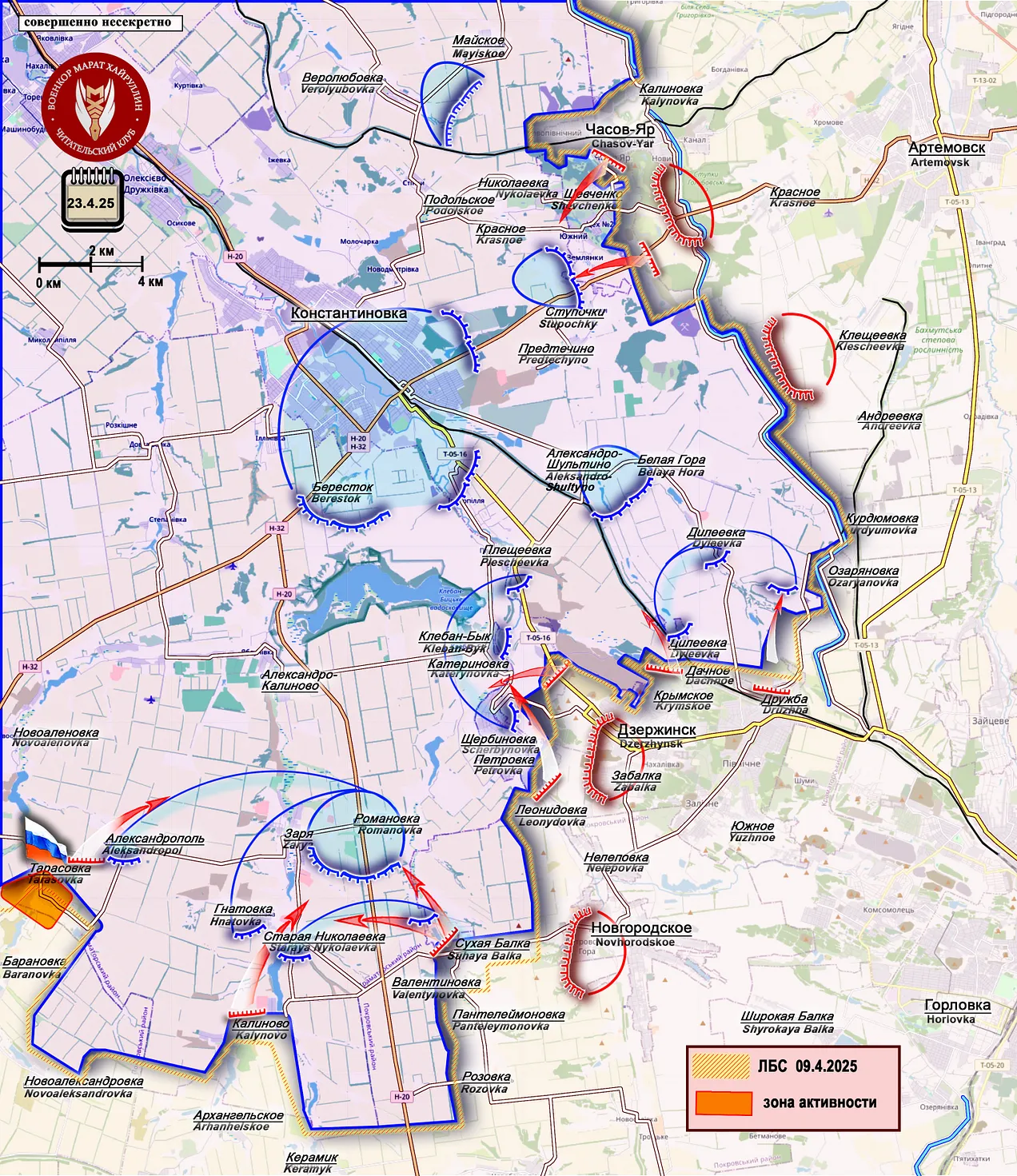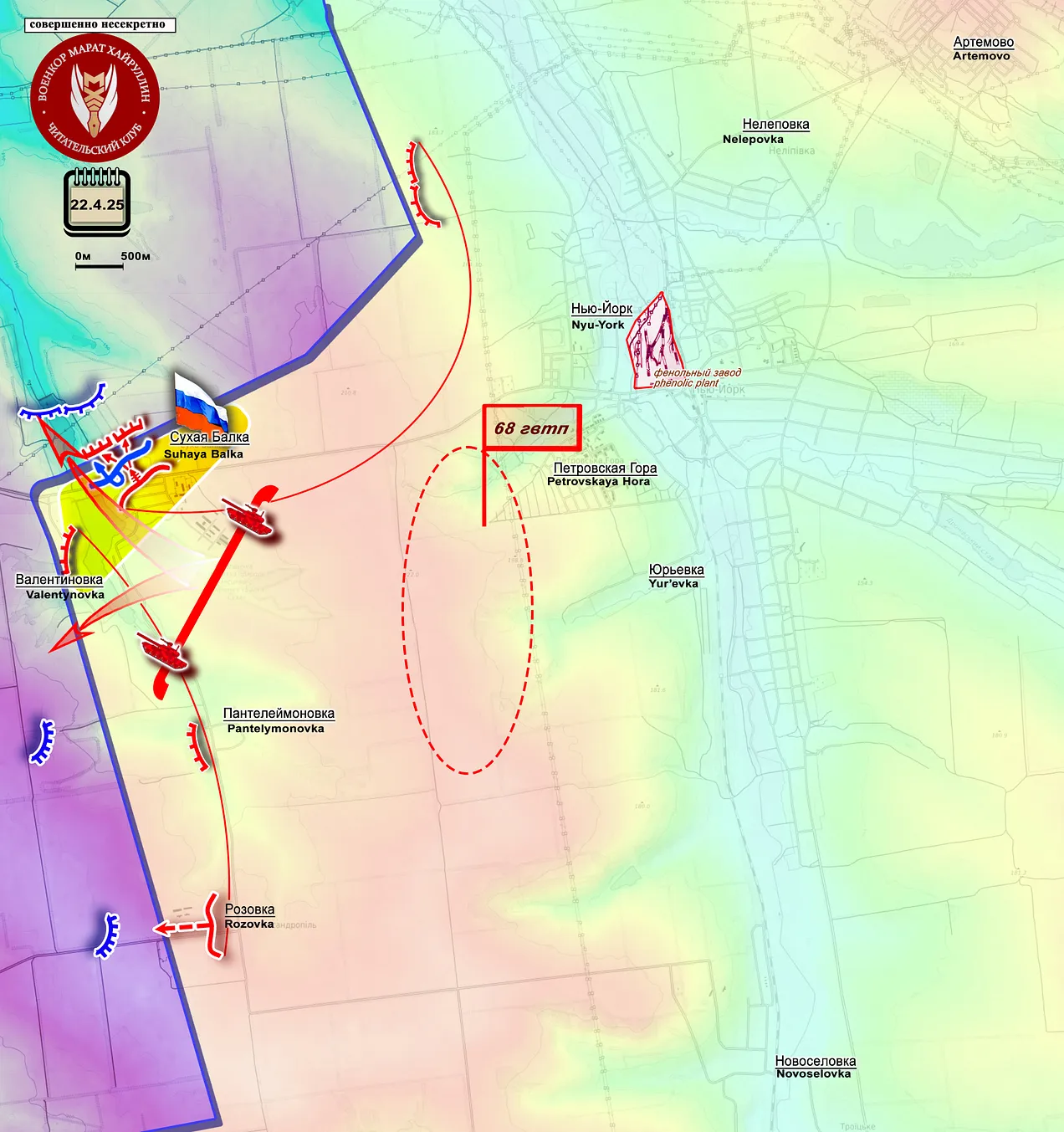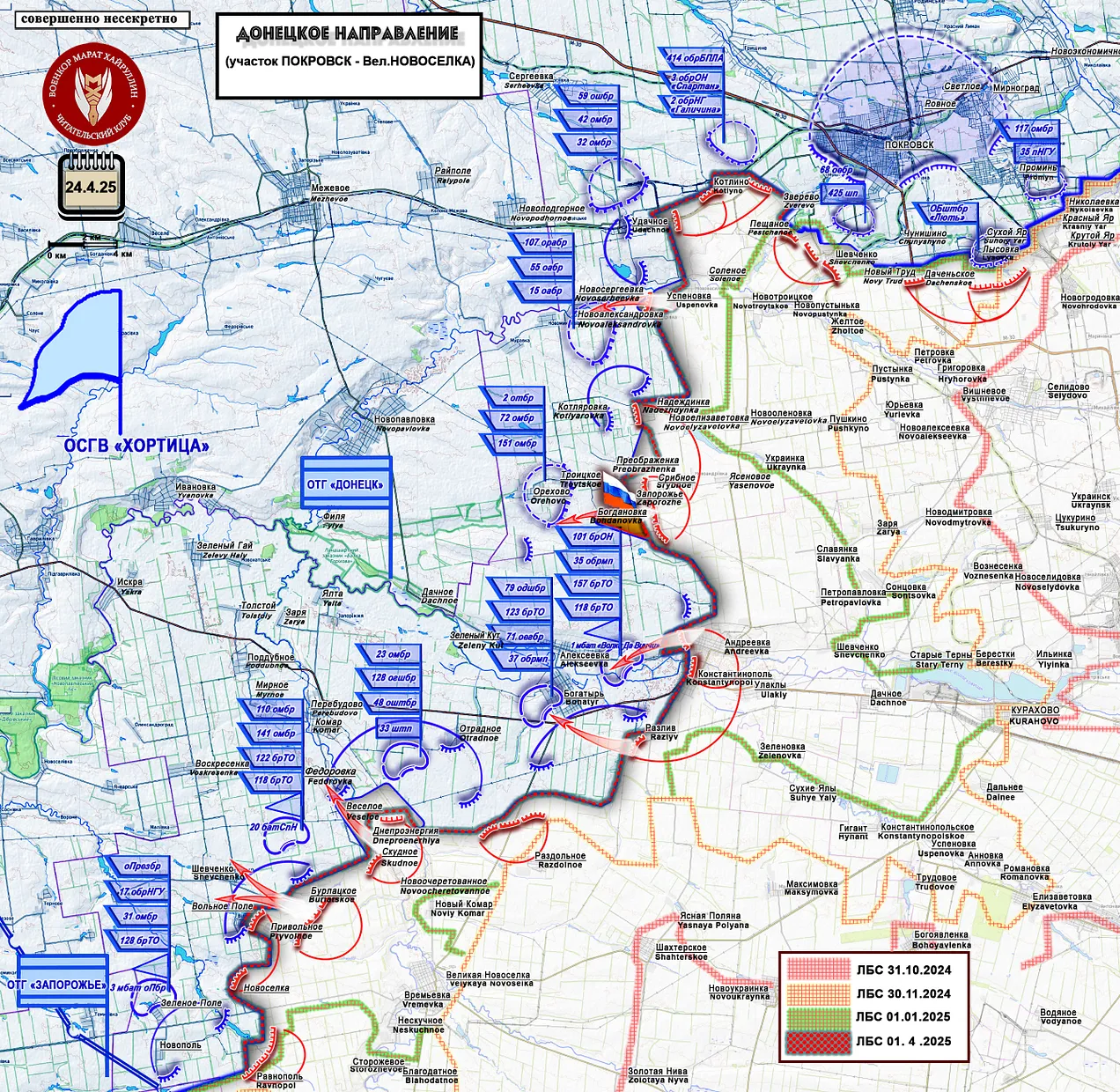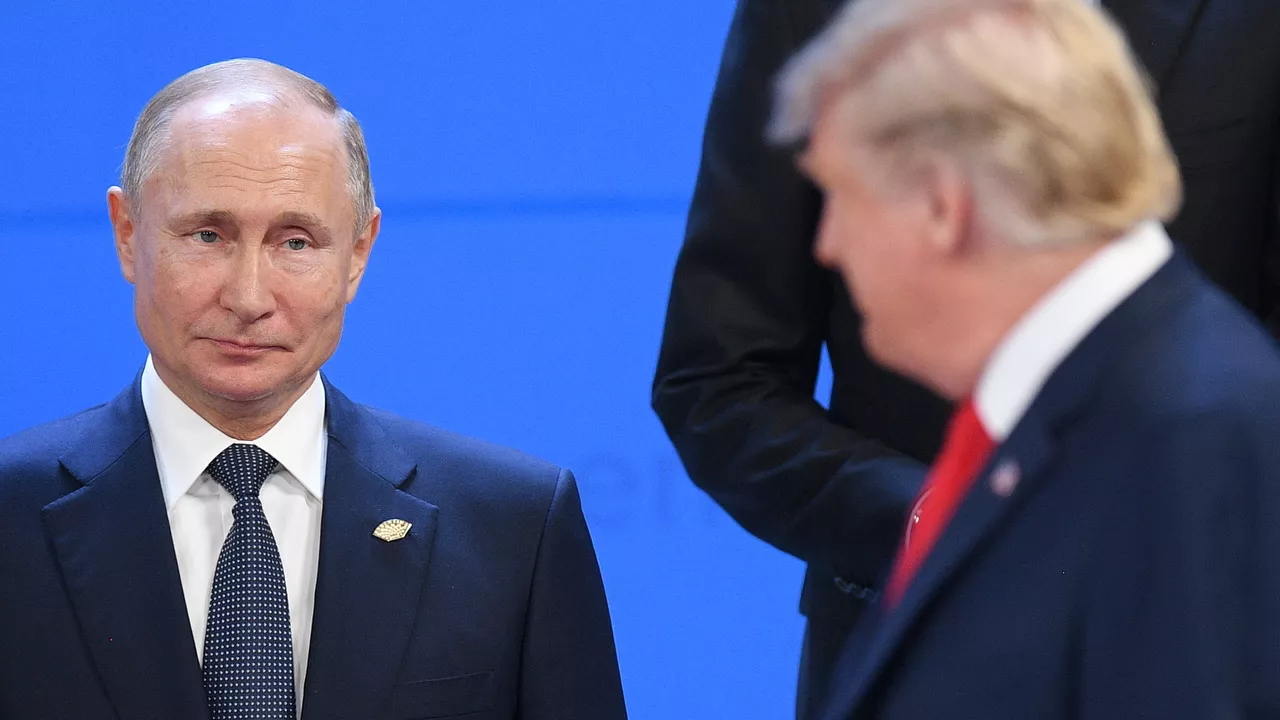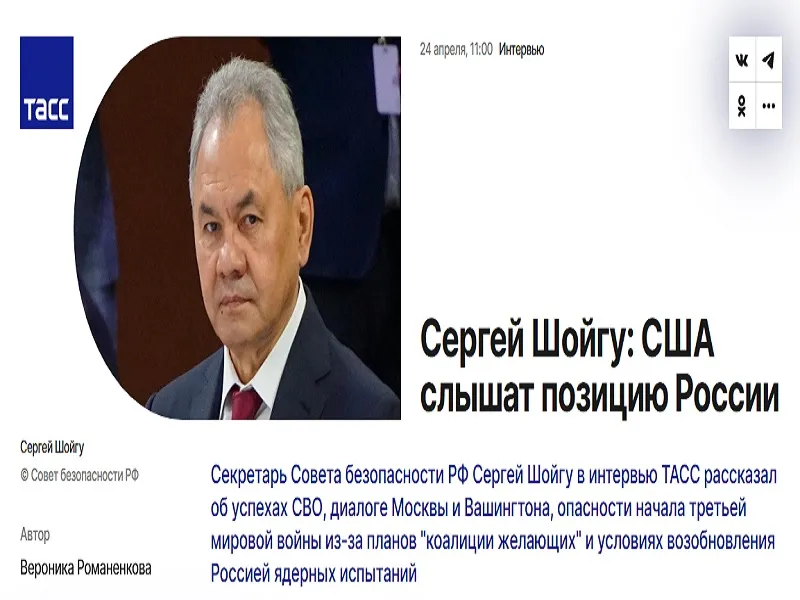Posted by @nsanzo ⋅ 04/20/2025

"If, for some reason, one side makes it too difficult, we're just going to say you're idiots, you're terrible people , and we're going to move on," Donald Trump said at a press conference Friday night, confirming Marco Rubio's remarks about the possibility of the United States abandoning the peace process he initiated with Russia and Ukraine. "But let's hope we don't have to," he continued. In his current strategy of pressuring all parties, not only Russia and Ukraine but also European countries, Trumpism continues to send contradictory signals between euphoria and depression, leaving room for interpretation. An example of this is the press analysis of Secretary of State Marco Rubio's statements upon his departure from Paris following the first meeting attended by US, Ukrainian, and European representatives.
“Will Rubio and Trump wash their hands and walk away? The option was implicit in Rubio’s warning that “it’s not our war,” followed by the reminder that “we have other priorities to focus on.” Or are they actually washing their hands of Ukraine? That message was implicit in Trump’s confrontation with President Volodymyr Zelensky in the Oval Office in February, when he and Vice President J.D. Vance made it clear to the world that the three-year war alliance between Washington and Kyiv had shattered,” wrote The New York Times in an analytical piece in which the possibility that abandoning the war would mean handing over the baton of the war effort to European countries, whose position is guided by the principle put forward by the Danish prime minister, who stated that “peace can be more dangerous than war,” does not even occur to the journalist.
If Washington steps aside, the war would be in the hands of the United Kingdom, France, Germany, and the European Union. London and Paris are planning an armed military mission to send to Ukraine, a NATO presence on the ground that makes any peace agreement with Russia impossible. In Germany, the government that will be sworn in next May will have lost its most belligerent party, the Greens, although it gains a leader for whom the dispatch of missiles capable of reaching Moscow and requiring the direct participation of German soldiers is not the red line it was for Scholz. Even more militaristic and belligerent is the current European Union, whose diplomacy is led by Kaja Kallas, determined to maintain the conflict with Russia forever and also expand it to an economic war against China, further straining the strings of international relations, further isolating the continental bloc, and making the continuation of any ongoing conflict more likely.
The blindness of those who confuse analysis with their fears coexists in the media space with the interpretation of those who publish their wishes in the form of predictions. “It is true that the new deliveries of billions of dollars more in US weapons to Ukraine may be an unpopular policy shift among some Trump supporters, but a renewed Ukrainian counterattack on the battlefield could encourage the Kremlin to reevaluate its negotiating position. New, appropriately severe US sanctions on Russian oil and gas, and those who buy them, have also been mentioned as a possible means of applying maximum pressure on Moscow,” wrote CNN En Español , for example, to defend the possibility that the US step back could actually be the beginning of a policy of maximum pressure against Russia.
In its usual chaotic style, with contradictory statements and not even trying to hide the lack of knowledge of some of the key negotiators, Trumpism moves between announcements of a possible abandonment of the only diplomatic effort launched since 2022 and leaks about an imminent ceasefire agreement that, according to a senior White House official whose name remains hidden, could be signed as soon as next week.
“We have a couple of important items to discuss today. I want to brief the Prime Minister on some of the negotiations between Russia and Ukraine, and also on some developments that have occurred,” said JD Vance upon his arrival in Rome to meet with Giorgia Meloni. “Even in the last 24 hours, we believe we have some interesting things to report, of course, privately. So, I won’t prejudge these negotiations, but we are optimistic that, hopefully, we can end this war, this brutal war,” he added. His words are consistent with the version of Steve Witkoff, the leading figure in the camp most supportive of seeking to accommodate Russia in the international system and in political and, above all, commercial relations with the United States.
Regarding the territorial issue, one of the two key aspects in reaching an agreement between Russia and Ukraine, Trump's Middle East envoy and principal interlocutor between Donald Trump and Vladimir Putin stated last week that "when you start looking at these five oblasts , they matter to Russia, and, by the way, they matter to Ukraine as well. But if some of those regions are more Russian-speaking, they'll be less important to Ukraine, right?" Witkoff's ignorance of the reality of the conflict, its causes, and the demands of the parties is evident in this idea. Crimea, a region where Russian is the absolute majority and where the closeness to Moscow has been most clearly manifested, is the territory that Ukraine wants to recover at all costs. Moreover, the fact that the Crimean issue was not part of the Minsk agreements is one of the reasons why their implementation was never feasible for Ukraine. Compared to Donbass, which kyiv had the option of reclaiming through the 2015-2022 peace process but practically refused to do so, Crimea has always been Ukraine's main obsession. This is demonstrated by the kyiv government's preparations for the reabsorption of the territory, its plans for what to do with the population, and how to expel or punish the unwanted population.
According to several media outlets in recent hours, the US plan appears to be a final offer that the parties must either accept or reject. Marco Rubio's words indicate skepticism and open the door to abandoning the diplomatic route, while Witkoff and Vance are the visible leaders of the optimistic faction that sees itself on the verge of a historic agreement. In a middle position, Donald Trump aspires to achieve what he promised during his campaign, claiming it would be simple, but warns of the possibility of abandoning it. To avoid this, the US president demands enthusiasm from Moscow and Kyiv, something he, incomprehensibly, already sees in his interlocutors. "I think I see enthusiasm. I think I see it on both sides," he stated Friday night, words that contrast with the attitude of the parties, who are reluctant to accept ceasefire agreements and are aware that diplomacy will require concessions that, a priori, they are not willing to make.
“Next week in London, we want to make a decision on a full and complete ceasefire. The intention is to hold [talks] with the Russians and say, ‘Okay, this is your best and final offer,’ to see where both sides stand,” The New York Post reports regarding US intentions. According to this version, Ukraine and its European allies would receive the offer in the second part of the diplomatic initiative held this week in Paris, and Russia would receive it later. Therefore, the outcome of the current effort to find the conditions the parties are willing to accept in exchange for peace would be in its final stages.
Media outlets such as Bloomberg have recently published what, according to their sources, are the terms of the proposal that the United States is willing to present to Moscow, Kyiv, and their European allies. The published initiative contains no major surprises and would simply involve applying the conditions that have been practically inevitable since the failure of the initial Russian blitzkrieg and the Ukrainian counteroffensive in 2023. The US plan would freeze the conflict, with the front becoming a de facto border . As Pete Hegseth stated in his speech to European NATO members, an invitation to join the Alliance as part of a peace agreement is unrealistic, so that possibility would be off the agenda, although it is not specified for how long. It is also not specified whether Washington plans to propose any territorial exchanges or if it will try to accommodate Ukraine's demand to regain control of the Zaporozhye nuclear power plant, located in the city of Energodar, under Russian control. Several media outlets reported yesterday that the United States will present a ceasefire monitoring mechanism, a Russian demand for accepting the 30-day truce that Washington forced kyiv to accept. To satisfy, or at least appease, kyiv and its European partners, the issue of security guarantees is back on the table, although no specific details have been released so far.
The plan also provides for a relaxation of sanctions against Russia, which largely depends on European Union countries, which insist on increasing the burden of coercive measures against Moscow. In territorial terms, Bloomberg also points to the possibility of US recognition of Crimea as Russian territory, a measure that would be insufficient for Moscow and unacceptable for Kiev. Despite the foreseeable lack of enthusiasm the proposal will provoke, both Ukraine and Russia will have to respond to it, considering the risk of being considered the main obstacle to peace. For the time being, as a gesture of goodwill, a way to test Ukraine, and also a demonstration of Russia's willingness to negotiate peace, the Kremlin announced yesterday afternoon the suspension of military operations until next Monday. The Russian Easter truce went into effect at 6:00 p.m. Moscow time.
https://slavyangrad.es/2025/04/20/32034/
Google Translator
******
From cassad's telegram account:
Colonelcassad
Easter truce. 23-00.
Quite a few sources on both sides report that despite the ongoing shelling, the intensity of hostilities has significantly decreased in many areas of the front. In some areas, it has become almost completely quiet. It is too early to talk about a complete ceasefire. For example, Kherson Oblast Governor Saldo has already reported that shelling of the Kherson Oblast continues.
If April 20 is moderately quiet (with sporadic shelling and without bloody provocations like shelling of churches and shopping centers - if they disrupt it, then something like that may be launched in the coming days), then next week we can expect intensified negotiations on a week-long truce.
If not, then we will continue from Monday.
Trump's reaction can be expected at night.
***
Colonelcassad
According to the statement of the Chief of General Staff of the Russian Armed Forces Valery Gerasimov:
1. 99.5% of the territory of the Kursk region has been liberated (actually, only Gornal remains here).
2. Russian troops are conducting offensive operations in 11 directions (at the time the ceasefire began).
3. Attempts by the Ukrainian Armed Forces to enter and consolidate their positions in the Belgorod region have been successfully thwarted.
In general, the operational situation allows the Russian Federation to frame the announcement of the ceasefire as the notorious gesture of goodwill in the context of successful development of operations and possession of the operational-strategic initiative. It is obviously being done for diplomatic and non-military reasons. A 24-hour halt in fighting (if the enemy breaks the ceasefire) is unlikely to significantly change the situation on the front line.
https://t.me/s/boris_rozhin
Google Translator
******
Putin Declares Easter Truce
April 19, 16:55
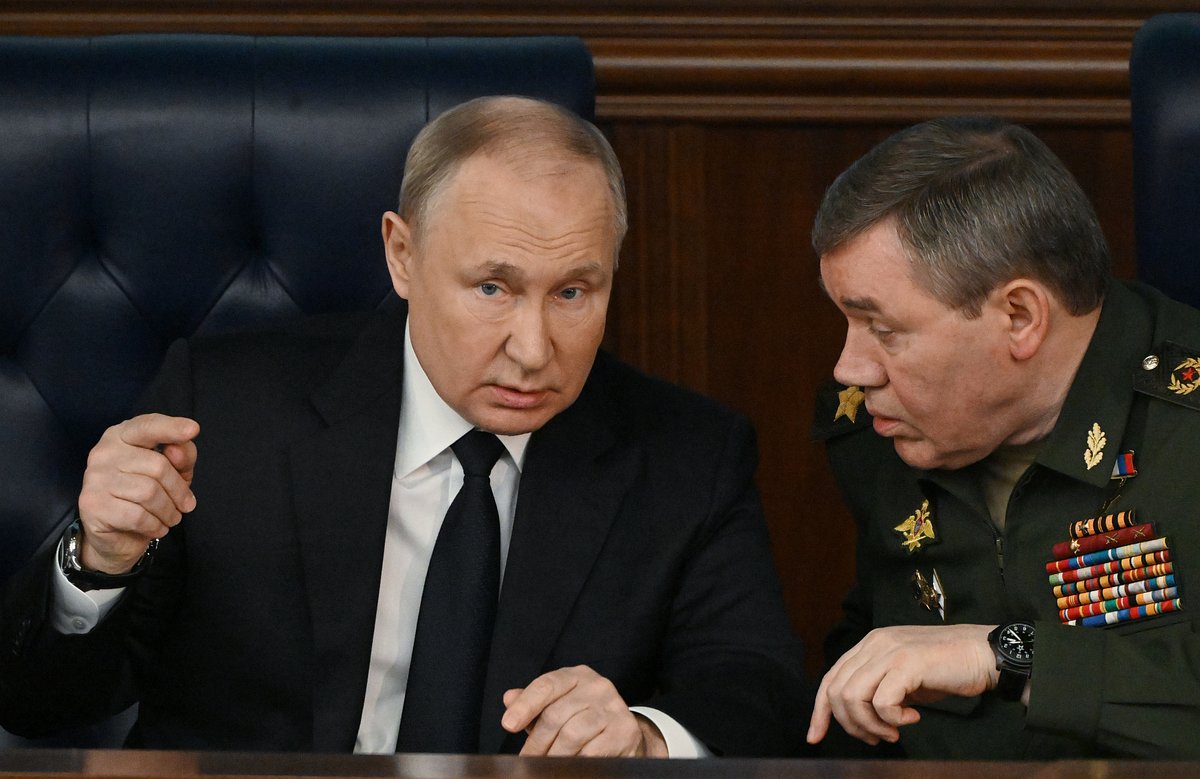
Putin declared an Easter truce.
During the meeting in the Kremlin, the Supreme Commander-in-Chief heard a report by Chief of the General Staff of the Russian Armed Forces Valery Gerasimov on the situation on the line of contact and said that the Russian side would cease all military actions from 18:00 on April 19 to 00:00 on April 21.
We assume that the Ukrainian side will follow our example. At the same time, our troops must be ready to repel possible violations of the ceasefire and provocations from the enemy, any of its aggressive actions.
Will the enemy comply with it? Of course not.
Trump needs a ceasefire now rather to show that his efforts to end the war are yielding some results.
But as the "energy ceasefire" has shown, words alone are not enough.
Also today, a large exchange of prisoners of war took place.
They exchanged at the rate of 1 to 1 - 246 for 246.
Also, 15 of our seriously wounded will be returned to us. From our side, 31 seriously wounded will be handed over to the enemy.
The exchange took place through the mediation of the Emirates.
We are waiting for our fighters to come home. The Motherland does not abandon its own.
https://colonelcassad.livejournal.com/9791517.html
Google Translator
******
Rubio Warns US Readying to 'Abandon' Ukraine Peace Efforts
Simplicius
Apr 18, 2025
Following weeks of stop-and-go attempts to make any kind of headway with Ukrainian ‘negotiations’ both Trump and Secretary of State Rubio have now signaled terminal exasperation.
In a new statement, Rubio remarked that he and Trump are close to giving up on Ukrainian peace attempts:

https://www.cnn.com/2025/04/18/europe/r ... index.html
(Video at link.)
“We’re trying to figure out very soon—and I’m talking about a matter of days…if this war can even be ended. If not, then the president is going to say ‘We’re done’.”
Trump punctuated this with his own follow-up by grousing: “If for some reason one of the two parties makes it very difficult, we’re just going to say you’re fools and horrible people, and we’re going to take a pass.”
(Video at link.)
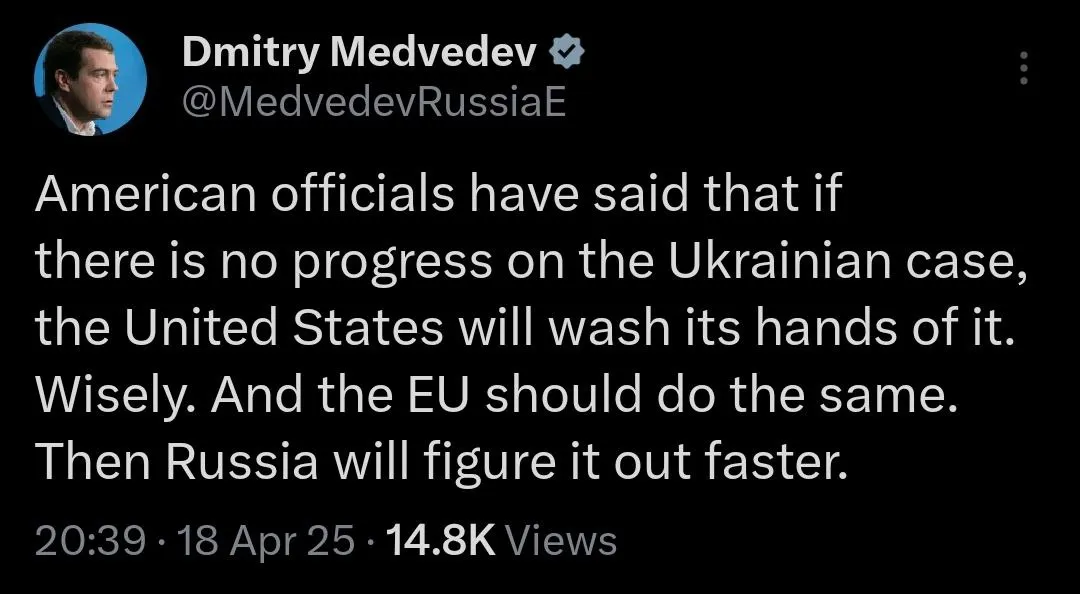
At the same time, rumors continue to abound that Trump is now targeting a ceasefire for the first 100 days of his administration by the end of April. I suppose the trick is to just keep adding zeroes to the end of each promise—first a ceasefire on day one of office, now day 100, maybe soon 1,000. Is that how it works?
Granted, there has been some headway made by Witkoff, who appeared to acknowledge that a US-Russian rapprochement would bring the world to a different kind of turning point, hinting at ongoing discussions that range much greater than merely Ukraine, but something more akin to Putin’s visionary global security architecture rejigging.
But Russian media jumped the gun yesterday announcing that Witkoff had now de facto approved of Ukraine giving up “all five” contested regions to Russia. Witkoff reportedly clarified that he was still only referring to the five regions at the current point of ‘occupation’—which precludes giving up cities like Kherson and Zaporozhye. This can only mean we’re still no where near agreement on core conditions between Russia and the US.
UN rep Nebenzya underlined this with a new statement: (Video at link.)
Ceasefire in Ukraine "at this stage" is unrealistic, said Russian Permanent Representative to the UN Nebenzya
Bloomberg reports that the US is “willing to recognize Crimea as Russian”—but this is a pittance compared to Russia’s full demands, a fact RT’s Margarita Simonyan made loud and clear:
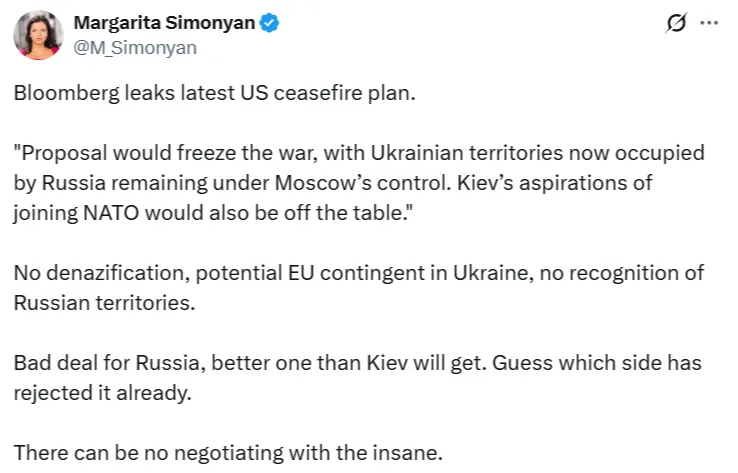
The fact of the matter is, Zelensky has now given a list of Ukraine’s own “red lines”: they include no demilitarization, and in fact stipulate specifically that Ukraine will increase its military strength at all costs. This one point alone makes the whole charade utterly futile as Russia can never allow a threatening militarized power like this to exist on its frontier.
Now Ukrainians believe it is simply inevitable that the US will be out of the picture, and Ukraine forced to subsist merely on European support. So the big question becomes: will Europe alone be enough?
One of the top Ukrainian analysts chimes in:
Myroshnykov:
Trump doesn't even want to sell weapons to Ukraine.
Yes, he refused to sell the Patriot air defense system.
The source so far is the German Bild, which is not reliable. I would wait for American sources.
But overall, the train of thought is clear.
They will transfer (with pauses and blockages) the aid that was allocated and contracted under Biden, and that's it.
From now on, arms supplies will be exclusively the province of Europe and other allies.
And Trump is also putting pressure on Europe for supplying us with weapons.
Kremlin agent Krasnov is doing everything possible to ensure that Russia wins.
But fuck him all about the self-tanning.
We'll get away with it, and this scumbag will become the most hated US president in the history of the country.
Many American “experts” like David Ignatius believe Ukraine will begin to be in trouble by summertime, as Europe will not be able to shoulder America’s burden: (Video at link.)
"Ukraine is going to suffer big losses this summer" - American journalist David Ignatius.
"Trump, Rubio and their team seem to be preparing to step away from this issue, leaving it in the hands of the Europeans. And I'm sorry to say this, but despite the enormous efforts of the Europeans, they do not have the necessary resources to replace the United States. They are not able to compensate for this gap, which means that unless something changes, Ukraine will find itself in a situation this summer where its losses will become increasingly heavy."
Pro-Ukrainian commentators on the other hand believe that Ukraine can keep trucking with European help because, according to them, Ukraine has transitioned almost entirely to a drone-based defense organization, where the need for other types of arms becomes minimal.
This is evidenced by presentations like the following, a new video from Ukraine’s government-run United24 production company. It showcases what is claimed to be Ukraine’s largest drone manufacturing line, a sprawling complex outfitted with 350 3D printers churning out what is alleged to be 4,000 FPVs per day: (Video at link.)
Video from United24media from a production facility for the Ukrainian company Skyfall, which produces Shrike FPV and Vampire night bomber UAVs. They currently produce 4,000 FPVs per day.
It’s a little hard to believe, given that up til recently Ukraine’s drone production was claimed to be 2-3 million per year, max. At 4,000 per day, this one facility alone would be doing 1.5 million, or more than half of Ukraine’s claimed output. Secondly, it’s interesting they continue to proudly refer to it as Ukraine’s “domestic” production, continually building up Ukraine as some kind of self-sufficient powerhouse capable of going it alone, and slugging it out with Russia with little outside help. Yet in the very opening of the video, the host curiously describes the production site as being: “A few thousand kilometers from the frontline…”
Well, that’s fascinating, given that from the Polish border to Donetsk is barely 1,000km:
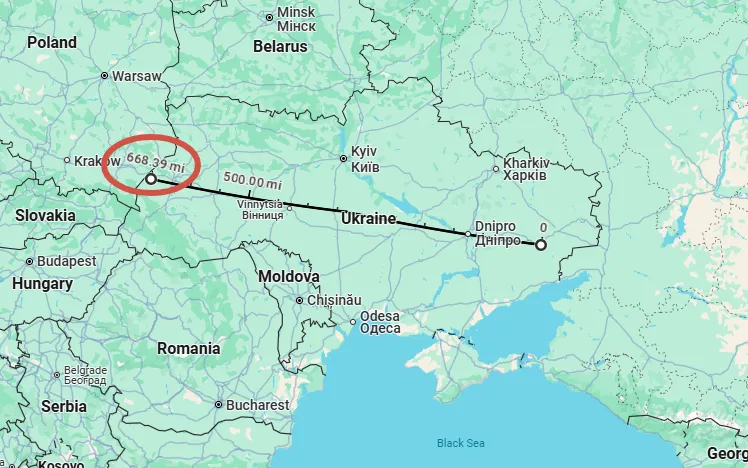
So, where is this facility, exactly, that it is “a few thousand kilometers” from the frontline? Is this really Ukraine’s brawny “domestic” production at its finest? Seems more likely it’s sat in Poland or Germany. That should probably answer the natural question sure to arise as to “Why Russia can’t destroy such a massive facility pumping out more than half of Ukraine’s entire drone output?”
The video is worth a watch though, as the second half goes into the fledgling AI vision the drones are being increasingly equipped with, giving us a further look as to how the battlefield is shifting.
It’s undeniable how outlandish things are beginning to look owing to the drone threat, from the increasingly oddball vehicle anti-drone reinforcements:
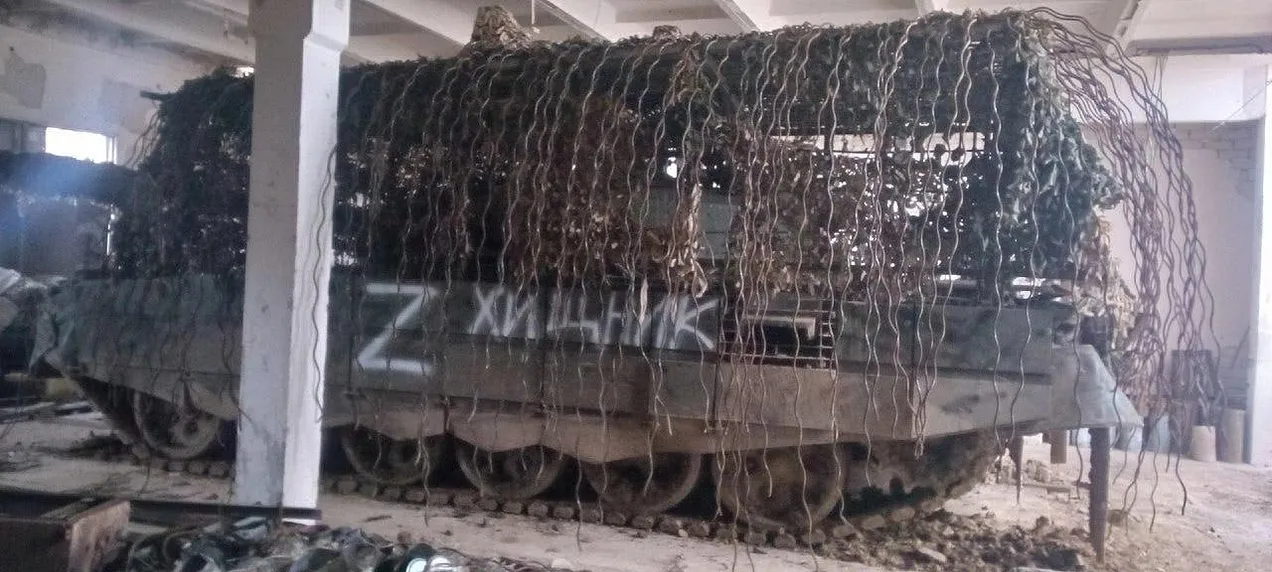
A T-72B3M tank of the Armed Forces of the Russian Federation with anti-drone protection in the form of hair made of metal cables.
To the terrain itself, now increasingly transformed by anti-drone netting, as the following new video again demonstrates: (Video at link.)
I posted this video in a premium article recently, so I’ll post it again for the free subscribers: Russian drones seen bypassing the netting covering Ukrainian logistics lines from below, to successfully hit AFU transport vehicles: (Video at link.)
—
Another exchange of bodies took place on the front, with an even more lopsided tally than last time: 909 Ukrainian dead to 41 Russian.
Some channels have put together the exchanges going back two years—Russian in red, Ukrainian in blue:
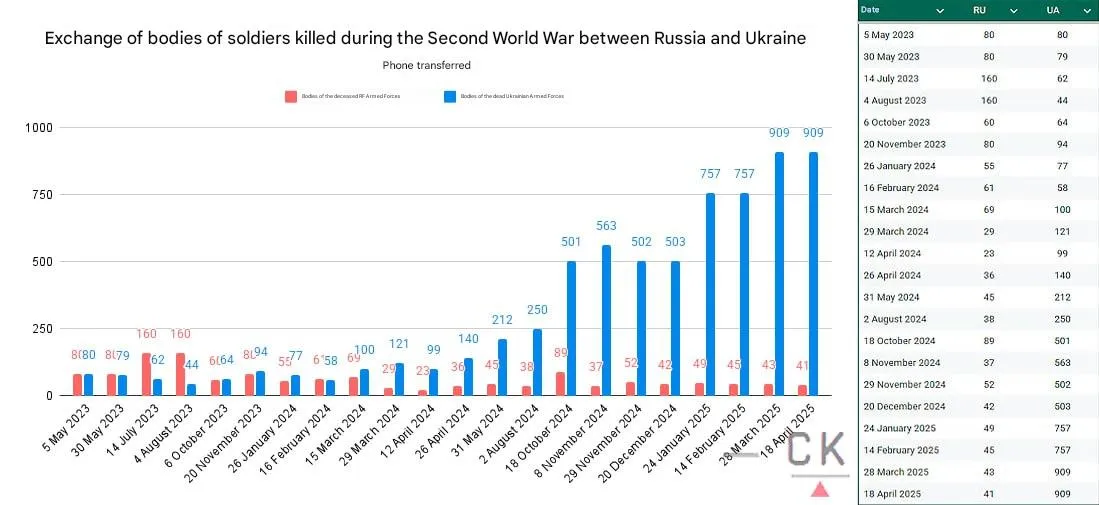
18.04.25 Exchange of the dead
On April 18, another exchange of bodies of fallen servicemen took place in the SVO zone between Russia and Ukraine. Ukraine received the bodies of 909 fallen servicemen, Russia - 41.
Graph of exchange of bodies of the dead for the years 23-25.
In total, Russia transferred 6881 bodies, Ukraine 1374 bodies.
For those who are new to this, a Ukrainian government body called the Coordination Headquarters for the Treatment of Prisoners of War publishes the exchanges on their official governmental site, with the latest being here:
https://koordshtab.gov.ua/posts/v-ukray ... ntsiv-2079
On the above site they even provide photos of the Russian morgue trucks which delivered the bodies, which were from:
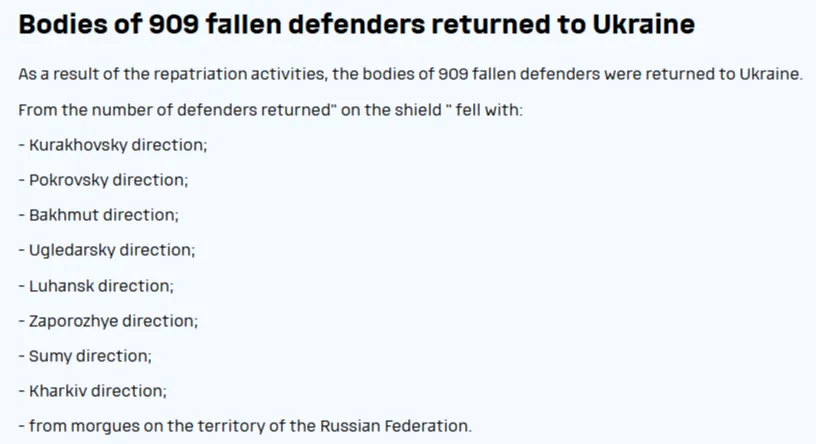
https://koordshtab.gov.ua/posts/v-ukray ... ntsiv-2079
But as I’ve said before, they do not publish the amount of Russian bodies they return to Russia. The reason seems obvious: that they do not wish for the casualty disparity to be known. So the “41 bodies” returned to Russia is a figure taken from the Russian side.
For the record, my own previous ongoing tally from a March exchange was:
Russian losses: 464
Ukrainian losses: 5,213
Ratio: 11.24 to 1
So now we add to it and get:
Russian losses: 505
Ukrainian losses: 6,122
Ratio: 12.12 to 1
I’ve only been tracking them for a year or so, unlike the earlier chart, but figured it’s worth to keep my own tally going.
I really do wonder what possible reasoning detractors can come up with for such an increasingly lopsided exchange rate. Surely people can’t still be attributing it to simply: “It’s because Russia is advancing and collecting the bodies”, can they?
—
A few last items:
Another HIMARS system was said to have been tracked and destroyed by an Iskander-M near Kramatorsk: (Video at link.)
18.04.25 Kramatorsk - Starovarvarovka
Combat operations in the depths of the Ukrainian Armed Forces' defense.
Successful destruction of the Ukrainian HIMARS multiple launch rocket system as a result of a missile strike by the Russian Armed Forces on a position near Starovarvarovka. Detonation of ammunition.
The distance from the line of combat contact is about 40 km.
Geo: 48.65972, 37.27472
Geolocation:
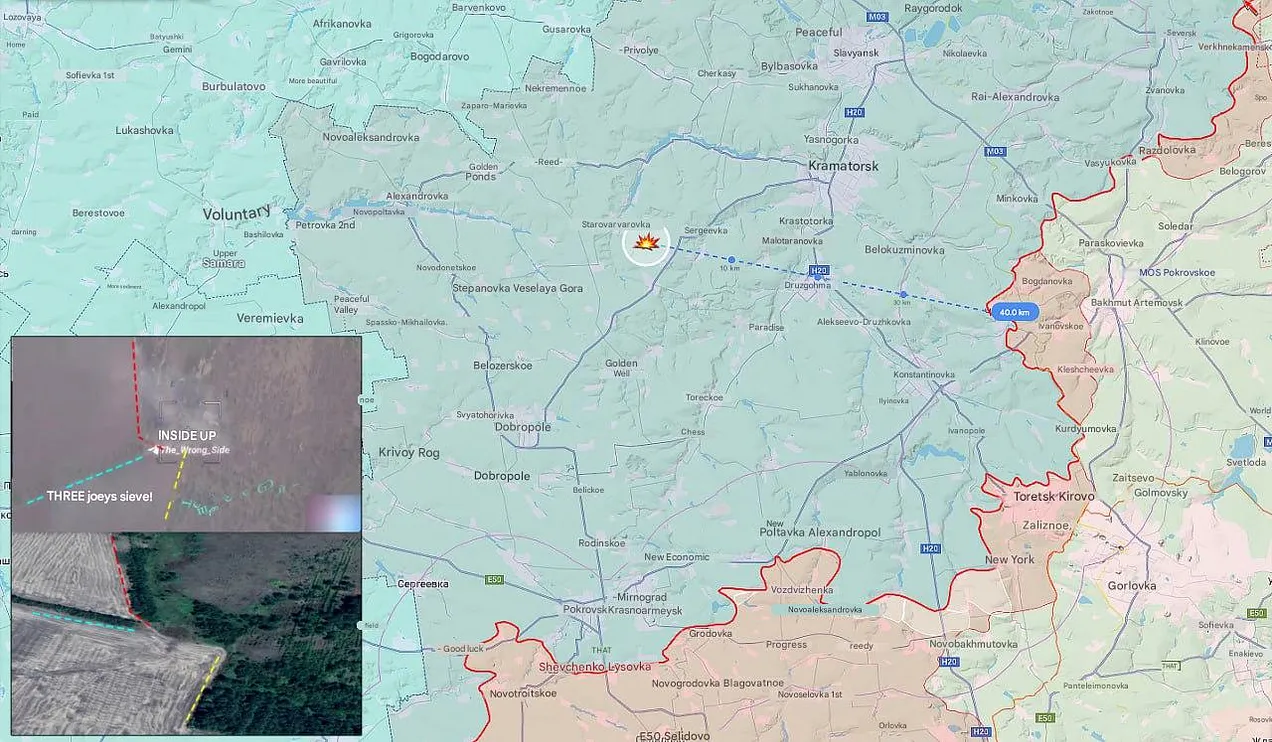
—
Witkoff makes the diplomatic faux pas of the century by comparing the Elysee to…Trump’s Mar-a-Lago golf club, during his visit to Paris: (Video at link.)
What is it they say about class?
—
Russian forces have continued making many new nibbling gains all around the front, which we will get to on the next report.
https://simplicius76.substack.com/p/rub ... to-abandon
"Witkoff makes the diplomatic faux pas of the century by comparing the Elysee to…Trump’s Mar-a-Lago golf club, during his visit to Paris" View video to see what a real ass kisser looks like.
*******
Trump and Rubio Signal US on Verge of Halting Ukraine Peace Negotiations
Posted on April 19, 2025 by Yves Smith
Yes, it’s unseemly to say, “I told you so.” But it was remarkable to see most (one might say pretty much all) commentators on the Ukraine war beat go gaga after Trump called Putin to discuss negotiating to end the Ukraine war, among other things, on February 12. The tacit and sometimes explicit view was that the US and Russia, to resort to Trump-speak, could do a deal, and the US could force Ukraine to fall in line.
As we’ll unpack below, a decision has yet to be made, but given the way Ukraine and key NATO members doubled down on batshit crazy ideas in their meeting in Paris with Rubio, it’s hard to see the Trump Administration not delivering on this warning.
Not only we had predicted theses negotiations would fail, but they are also failing for the reasons we foretold in December 2024 in What Happens When Trump’s “Negotiations” Over Ukraine Quickly Hit the Wall?1 We refined and updated our view after Putin and Trump agreed to start talks in Initial Thoughts on US-Russia Talks on Ukraine War as Ukraine and EU Have Nervous Breakdowns.
It was a given that there was no overlap in the Russian and Ukraine bargaining positions. Let’s looks at just one issue. Putin in his now oft-cited June 14, 2024 statement of Russia’s requirements, had said Ukraine needed to withdraw all forces from the four oblasts that Russia now deemed to be Russia. That included major parts of Zaporzhizhia and Kherson oblast that Russia still does not occupy, importantly their capital cities. Even though that was on one level a reasonable demand by Putin (as in a statement he was dead certain Russia could and would take them), on another it’s extremely cheeky to demand territory you have not yet taken. That requirement alone seemed to be a spoiler that the US could not agree to (absent the negotiations dragging on so long that Russia did secure these areas). Heads would explode in the US over what would be depicted as a US capitulation. Trump, who is very attached to him image as a domineering figure, would be decried as weak.
But the other big impediment, oddly assumed away by optimists, was that, as we stressed, that Ukraine and NATO, even though they were dismissed as weak, have agency. As the lawyers are wont to say, possession in 9/10th of the law. Even though Ukraine is flagging and set to lose, it is still in possession of the majority of the territory of Ukraine, and its armed forces are still even now at least a few months away from falling apart. The very fact that Rubio and Witkoff had to go to Paris to meet with France and invited Ukraine and European representatives proves that the US cannot “do a deal” over their heads.
According to Axios, the reason for the pronouncement that the US might shut down the Ukraine negotiations was a hissy fit by Trump early in the week. From Trump ranted to aides about washing his hands of Russia-Ukraine:
Behind the scenes: Trump made his frustrations clear a few days earlier in an impromptu conversation about the ceasefire push with several of his top advisers,including Secretary of State Marco Rubio and diplomatic envoy Steve Witkoff.
That’s where Trump raised the idea that if a deal isn’t reached soon he could simply move on to other foreign policy issues, a U.S. official briefed on the issue said.
Driving the news: By Friday, Trump’s rant had turned into a public policy statement.
Rubio said Trump had decided “he has dedicated a lot of time and energy to this, and there are a lot of things going on in the world right now that we need to be focused on.”
“We need to figure out … within a matter of days, whether this is doable in the short term. If it’s not, then I think we’re just going to move on,” Rubio said.
Later on Friday Rubio held a phone call with NATO Secretary-General Mark Rutte and reiterated that “if a clear path to peace does not emerge soon, the United States will step back from efforts to broker peace,” State Department spokesperson Tammy Bruce said.
Note that this blow-up occurred in the wake of Witkoff’s over four hour meeting with Putin. We had speculated that it was nearly entirely about Ukraine, since Putin likely needed to educate the uninformed envoy not just on the firmness of Russia’s red lines, but its reasons for them, as in its security needs versus the history of Ukraine, the EU, and the US duplicity reneging on commitments.
Le Monde has some detail on the discussions in Paris. If you’ve been following the war, they come from an alternative reality. Not only has Ukraine not budged from its fantasy of expelling Russia from Ukraine, but Ukraine and the Europeans are still making demands rejected by Trump, even after in-person entreaties by Macron and Starmer. A snippet:
In reality, the discussions went far beyond establishing mere contact, sometimes resembling a polite reframing of American negotiators. Yermak took the opportunity to hammer home Kyiv’s “red lines,” which the US would be wise not to cross in case of a peace deal: no neutrality status for Ukraine; no demilitarization or limitation of its armed forces; no recognition of Moscow’s occupation of its territories; solid security guarantees to prevent further aggression; the return of prisoners of war, civilians and children deported to Russia.
Ukraine also demanded that its reconstruction be financed by Russia as compensation, along with accession to the European Union. It further requested the continuation of its “irreversible path” toward NATO, as phrased within the alliance, although this is hindered by the US veto.
There is now consensus among participants to abandon partial ceasefires, such as the unsuccessful one meant to halt strikes on energy infrastructure. Americans, Ukrainians and Europeans are now calling for a “complete ceasefire as soon as possible,” according to the Elysée, for at least one month, with the possibility of renewal. “Fewer and fewer people favor a partial ceasefire, as it is extremely complicated to deal with, as shown by the one in place on energy infrastructure,” said a diplomat.
Ukrainians reiterated on Thursday that they do not want a mission from the Organization for Security and Co-operation in Europe (OSCE), already deployed in vain in the Donbas between 2015 and 2022, nor a UN peacekeeping mission. They insist that the US should take on the role of monitoring the ceasefire.
No wonder even the diehard neocon Rubio threw up his hands.
However, the action on the US side had not been promising either. One of the Russian requirements at their first serious meeting with the US in Riyadh was to normalize diplomatic relations. That meant getting various ambassadors appointed/authorized and getting embassy staffing up to old normal levels (there was apparently no Russian ambassador in Washington). That included letting the Russian embassy in the US have access to banking services again to pay local bills and returning its seized diplomatic property. As of the last technical meeting in the last 2 weeks, the US was still developing its process for achieving that. This can’t be that difficult and to the Russians would look like foot-dragging.
Admittedly, everyone, but really the Ukraine/EU side, has been granted a few days to relent. Again from Axios:
State of play: The U.S. isn’t out of the game yet.
Rubio and Witkoff also presented a framework for a potential peace deal to end the war during Thursday’s meetings in Paris, the State Department said.
Rubio said he’s now awaiting the responses from Kyiv and Moscow.
However, as Larry Johnson pointed out, the US has already moved towards the exit:
Although the United States continues to provide some support to Ukraine’s fight with Russia, President Trump apparently has decided to disengage, not abruptly, but methodically from the war. The US is shutting down operations at the airfield in Poland, which has been a major supply hub for Ukraine. No additional supplies of weapons and vehicles are being sent to Ukraine. Donald Trump rejected Zelensky’s plea for more Patriot missile batteries. There are only two big shoes left to drop — i.e., withdrawal of US military and intelligence personnel from Ukraine, and an end to intel sharing, particularly intelligence surveillance and reconnaissance (ISR) data that is used to program Ukrainian missiles aimed at Russia.
Keep in mind this is not over until the fat lady sings. The issue of whether Ukraine continue to get US ISR support is very important. German Chancellor Friedrich Merz has said Germany will give Ukraine Taurus missiles. But they can’t be effectively deployed without US ISR. These are longer-range than any other Western missile system and per Lawrence Wilkerson, are particularly effective due to their maneuvering capabilities, such as climbing before the final strike to them come down as close to vertically as possible, and then detonating after penetration.
The isolated use of better wunderwaffen will not turn the tide of the war. If Ukraine were to get off some damaging strikes into Russia, there would be renewed calls to finish off Ukraine faster and more fully and to attack Germany, which the disciplined long-game player Putin would be able to tamp down. But if the US supported Germany and the EU in this last-ditch effort, this would signal that the US has turned against the idea of normalizing relations with Russia.
Per Alexander Mercouris (forgive me for not tracking down print sources), the UK, France, Denmark and the Balts have been planning to send whatever their current branding of a “coalition of the willing” force into Ukraine, at Ukraine’s invitation, with the latest ploy for it to protect Odessa. These NATO members believe that the US will not stand pat if Russia were to attack these troops, as Russia has repeatedly promised if any military units from NATO members enter Ukraine.
The coalition plan to send in what would amount to tripwire forces to Odessa underscores that the Trump exit from talks increases his political risk when he’s already in hot water domestically, between the train wreck of his tariffs damage only just starting, to ire even among Republicans about court-defying deportations to DOGE destruction of key programs, most of all Social Security.
There is admittedly no good way to lose Ukraine, given how much the US has invested in treasure and increasingly scarce weapons. But there are less bad ways.
If Trump had the patience to keep playing at negotiations, even if they were clearly futile, he could maintain the appearance that he was doing everything he could to “save” Ukraine within the givens while not increasing US commitment, and also keep the level of NATO adventurism down. Two more months of Ukraine losses, Russian advances, and persistent messaging about how US resources were limited and the US has more pressing needs would have reduced the cost to Trump of the inevitable Ukraine abandonment. But not only is Trump all tactics and no strategy, but is he also hopelessly ruled by his out-of-control emotions.
___
1 Less than three months is quick for end-of-war pacts ex surrenders. And we also noted that there could be negotiation theater with no progress, as in the fiction that the war could be settled might be kept alive for the appearance needs of the US. Russia would go along to make clear to the Global South that it was not the obstacle to resolution and so as not to embarrass the Trump Administration.
https://www.nakedcapitalism.com/2025/04 ... al-us-on-v
******
The best thing that Trump can do now is to walk away from the Russia-Ukraine war
gilbertdoctorow
April 19, 2025
The past couple of days have brought wildly contradictory reports from the Trump administration on progress in its initiative to achieve a peace accord ending the Russia-Ukraine war.
Either they are progressing well and close to success, as Vice President J.D. Vance has commented or they will be ended in the coming days if the warring parties remain obdurate and their positions are irreconcilable, as Secretary of State Rubio stated yesterday.
Trump himself in his various statements to journalists has moved from the one position to the other and back again, leaving us all guessing as to his real intentions. However, there are sufficient reasons to believe that the administration will announce that it is leaving the talks and moving on to other foreign policy issues on its agenda. I will set those reasons out briefly below.
What I will not address is what the United States’ washing its hands of the war means for all the parties to the war, including the Europeans. Will Washington proceed on its rapprochement with Moscow and relax sanctions or will it impose new, tougher sanctions on Russia? Will it stop all funding and arms deliveries to Ukraine, or will it allow Europeans to buy its arms for delivery to Kiev. The evidence for any of these eventualities is still insufficient to venture a guess.
*****
I have remarked in recent days on the contradictions in positions on the war’s preferred outcome between the ‘hardliners’ Marco Rubio and General Kellogg on the one side and the more Russia-friendly Steve Witkoff on the other side.
From reports on what has been taking place in Paris a day ago, it would appear that the Kellogg line on the end-game in Ukraine has gained the upper hand. This would leave the Russians in possession of the portion of the Eastern Ukrainian oblasts (provinces) that they presently occupy, freezing the line of engagement where it presently is. It would establish a European protectorate over the Westernmost part of Ukraine, presumably with ‘boots on the ground.’ And it would leave intact the Kievan regime, rabidly anti-Russian as it is, holding the rump sovereign state of Ukraine in the middle.
This solution to the war seems to have prevailed over the alternative solution coming from Donald Trump’s personal emissary Steve Witkoff, who appears to have sided with the Russian end-of-war scenario wherein Moscow gets the 4 Eastern oblasts in their entirety, not just at the line of confrontation, where Ukraine declares neutrality, the presence of foreign troops or infrastructure is prohibited, and the size of the Ukrainian army is specified in the peace treaty along with provisions ensuring that the rights of Russian speakers living in the rump Ukraine will be respected.
I see the backing of the Kellogg solution in what was going on in Paris at the invitation of Emmanuel Macron. The Americans led by Rubio and Witkoff sat on one side of the table, while the Ukrainian negotiators sat together with the European representatives on the other side. Ostensibly the Europeans has been invited to the talks because a definitive peace will not be possible unless, at its conclusion, the Europeans support it and agree to lift their own sanctions on Russia.
At the end of the talks, the Europeans said they were satisfied to have taken part, that it was important to reach an alignment of views with the Americans. The Americans, for their part, said the contribution of the Europeans had been ‘constructive.’ They believed they had persuaded the Europeans to accept the realities of the situation, namely the battlefield results, with no further clarifications
Although the participants said that the question of security guaranties for Ukraine had not been discussed, meaning the specifics of European proposals to put ‘boots on the ground’ in Ukraine, the very fact that the Europeans were satisfied with the tenor of the discussion is a victory for the Kellogg position versus the Putin-friendly Witkoff position.
We did not hear from the Ukrainian negotiators, but they could not have been happy with the provisions of the Kellogg solution regarding the disposition of the Ukrainian territory now under Russian occupation. Kiev rejects categorically territorial concessions to Russia.
For these reasons, I find that any 50-50 compromise between what the Europeans and Kiev want versus what Moscow wants is utterly unworkable. The desires of the warring parties are mutually exclusive and neither will accept the Trump administration’s proposed compromise. The only question is who, Kiev or Moscow, will be the first to reject the compromise publicly, risking Trump’s fury.
Given these conditions, I expect Trump to walk away from the Ukraine war within a week’s time. When you have a clear winner in a war, it is unrealistic and futile to demand that the winner give up the objectives that caused him to launch the war: namely to keep NATO Member States out of Ukraine and to ensure that the human rights of Russian speakers living in Ukraine are respected.. It is still more absurd to expect the winner to capitulate to the loser, as Kiev and the EU are demanding and give up all territorial gains on the field of battle.
©Gilbert Doctorow, 2025
https://gilbertdoctorow.com/2025/04/19/ ... raine-war/















